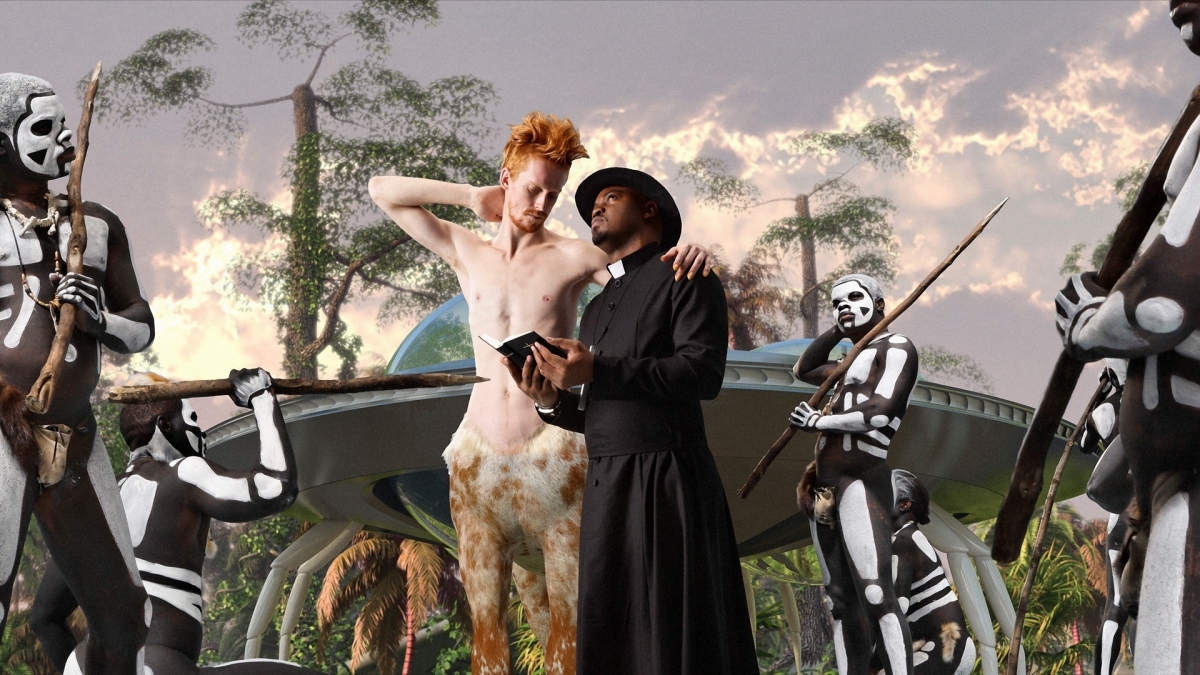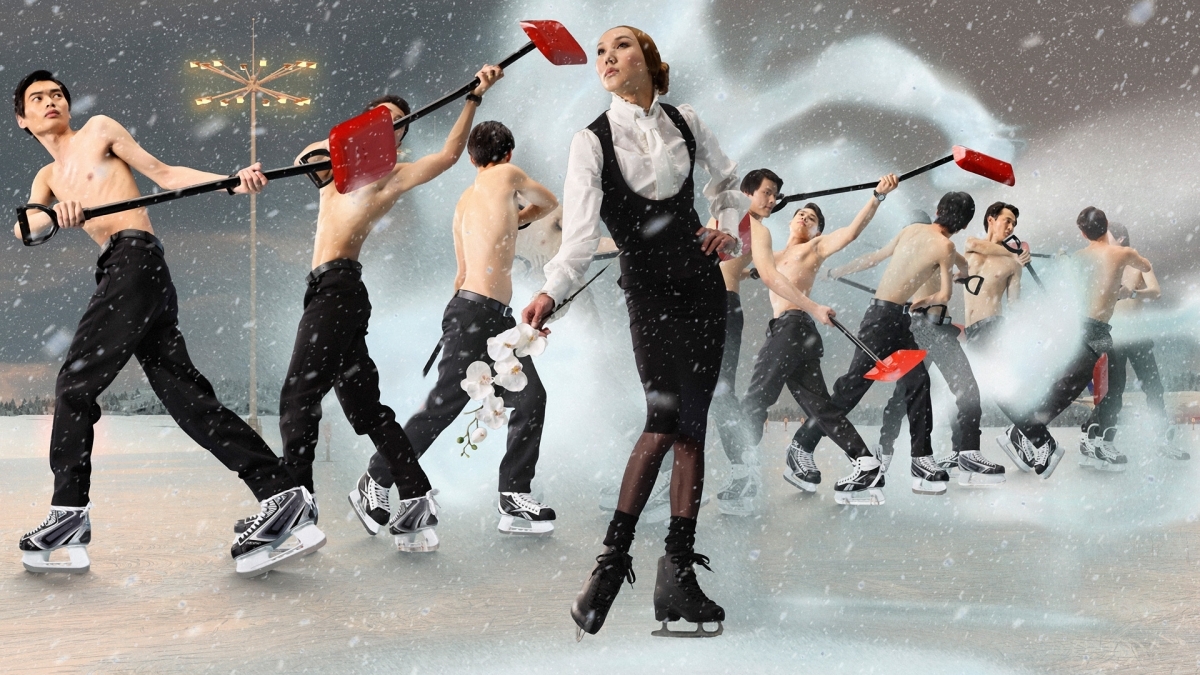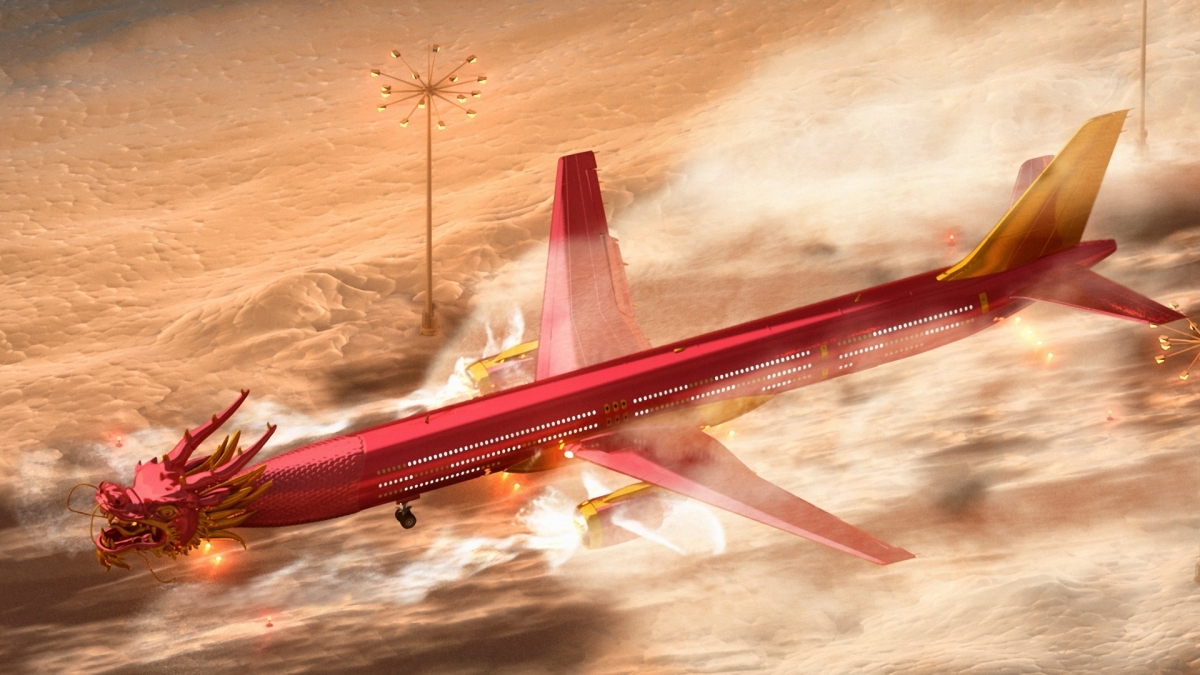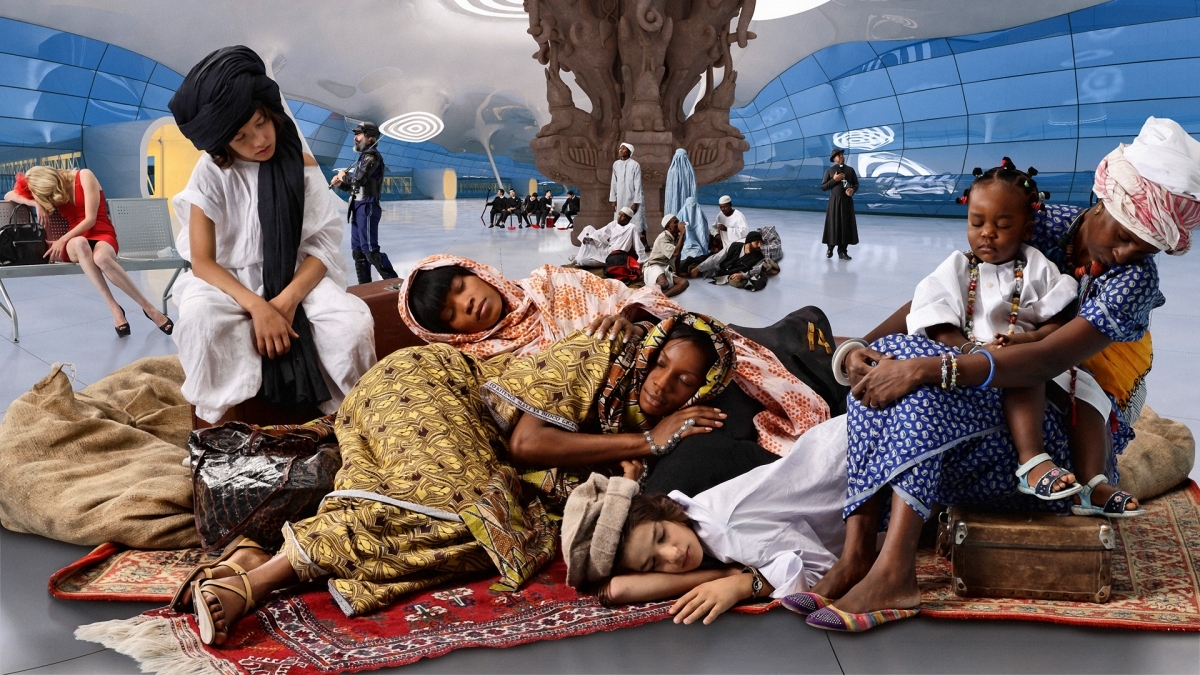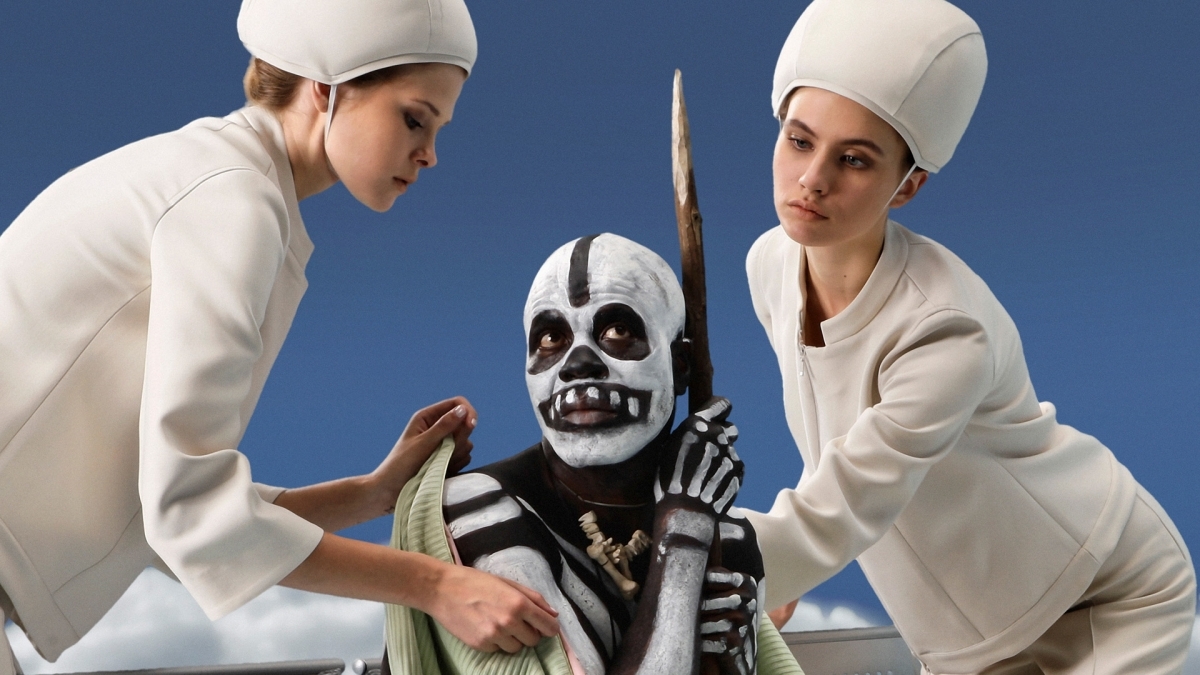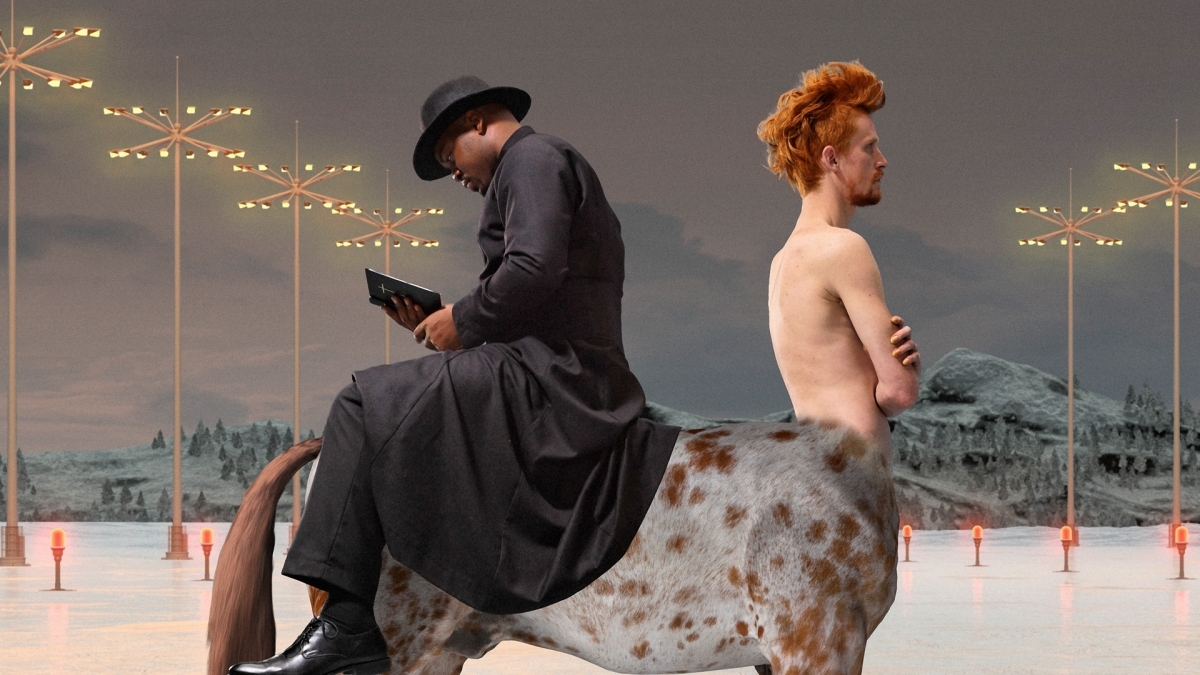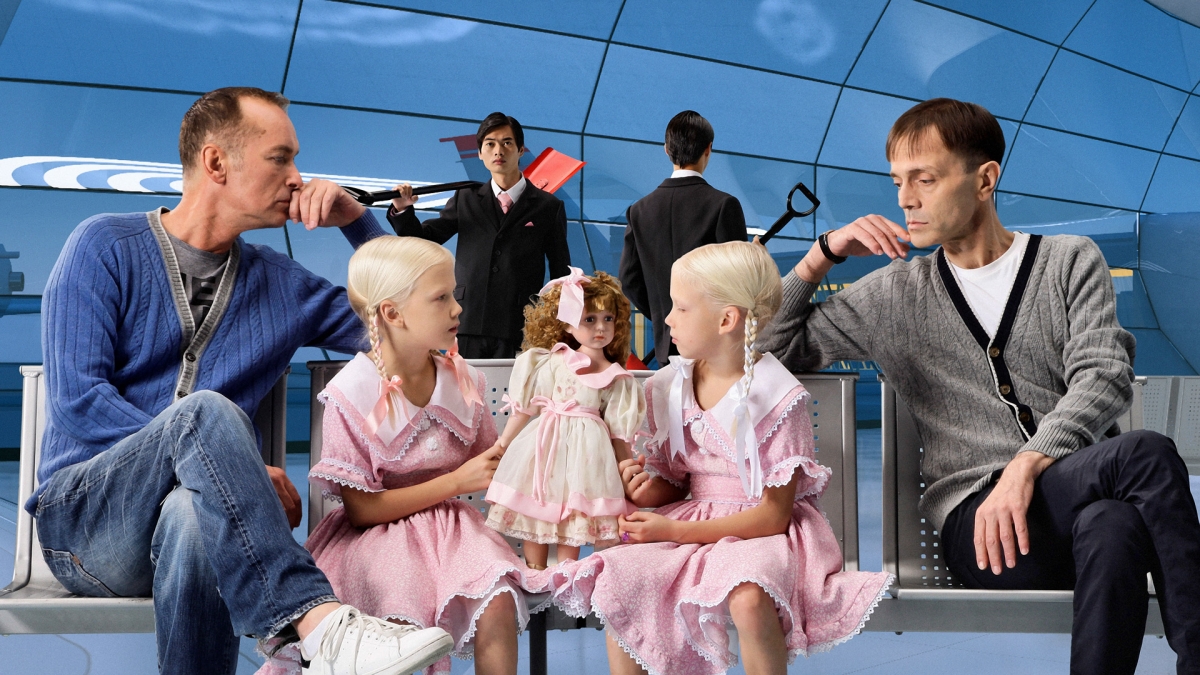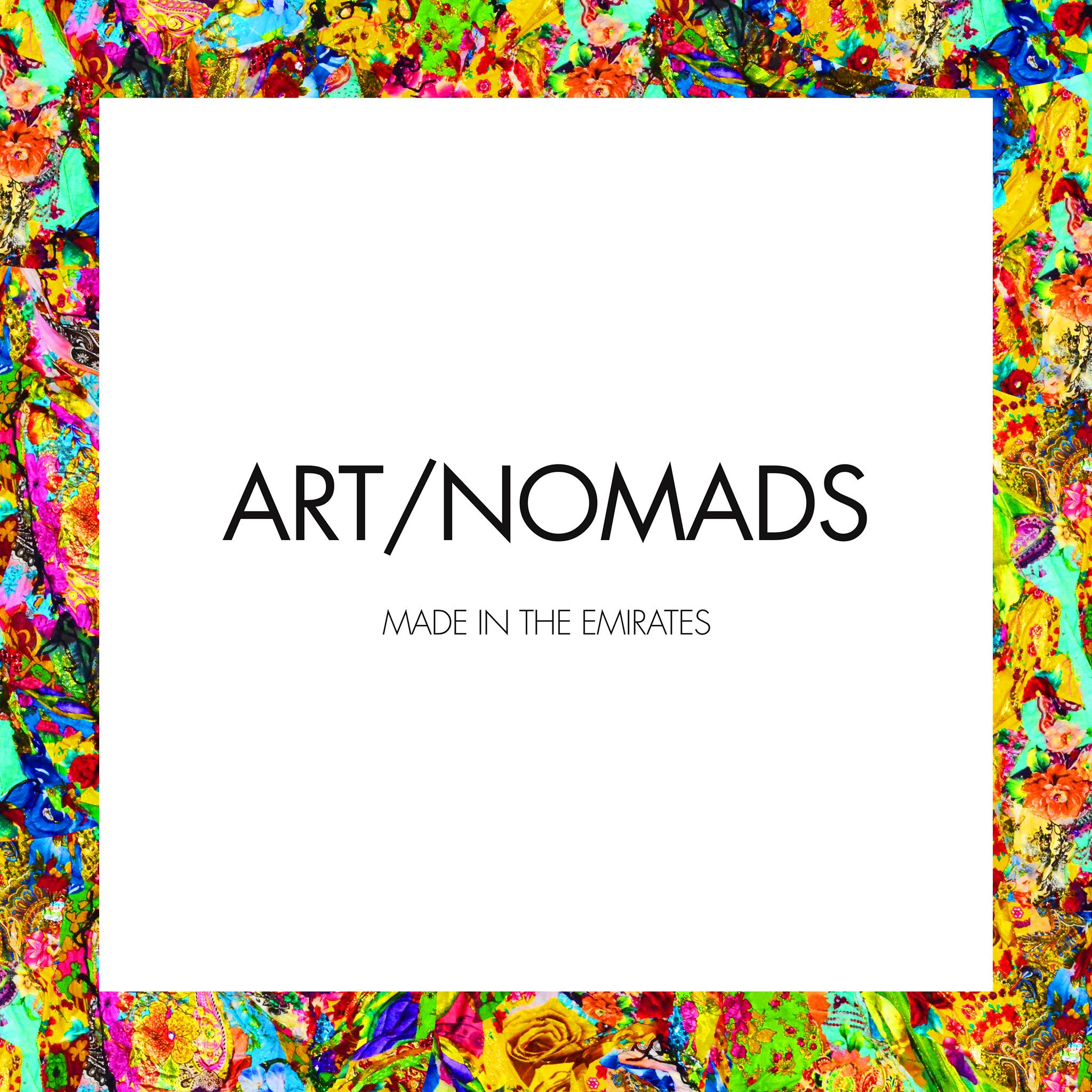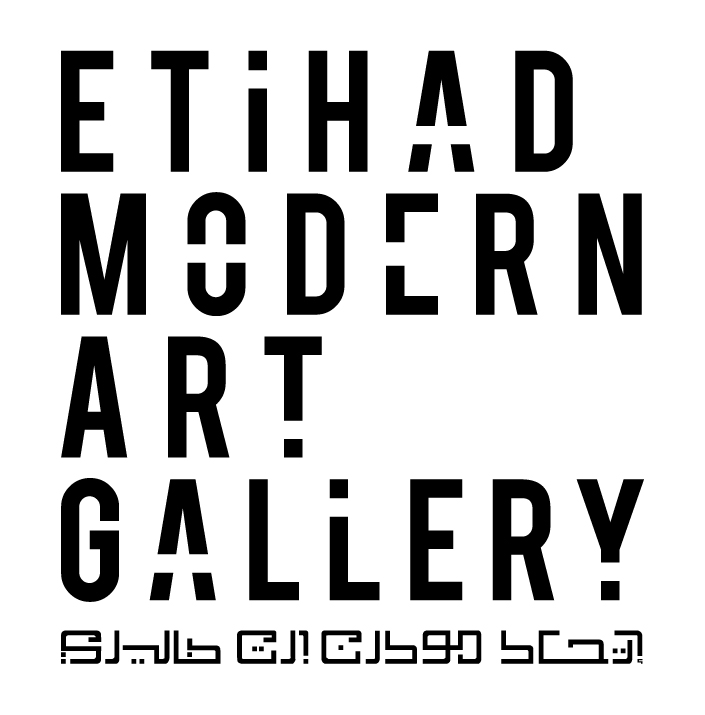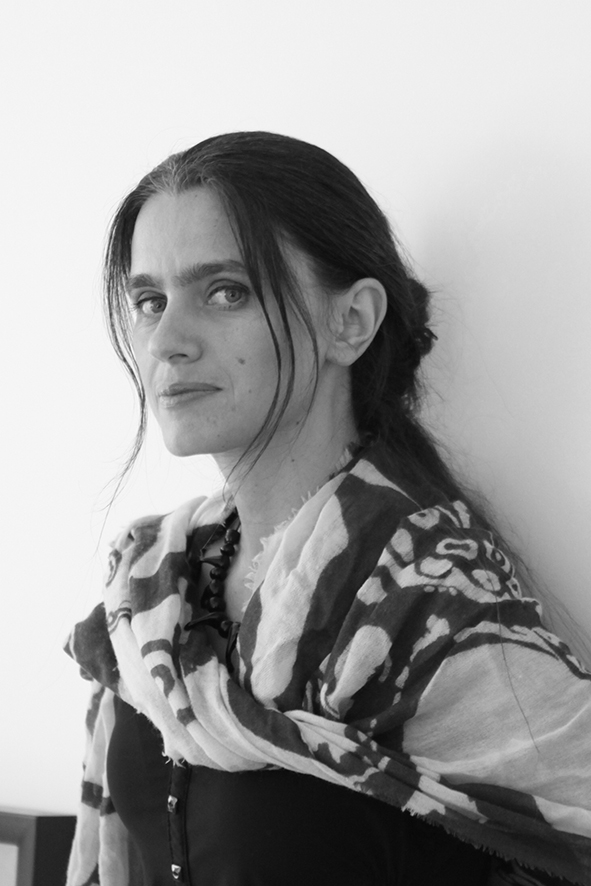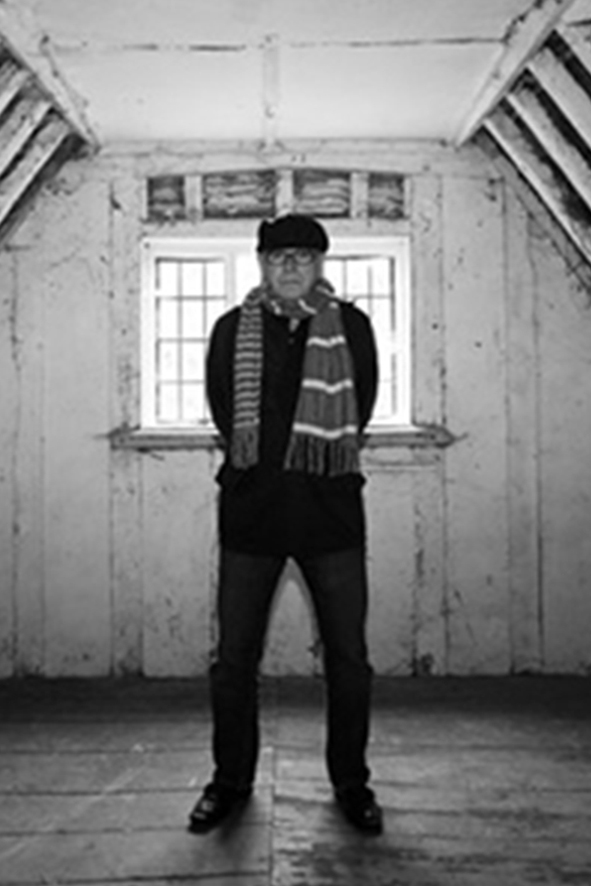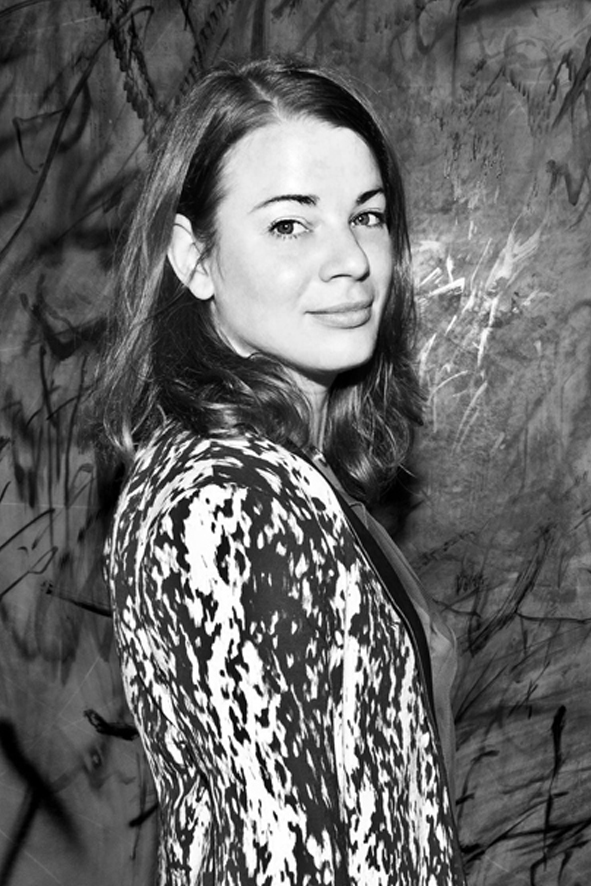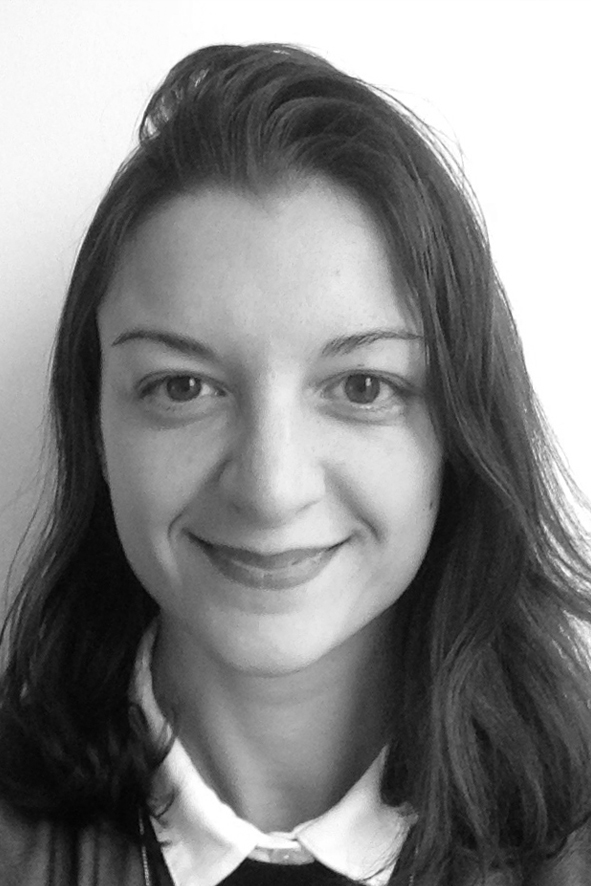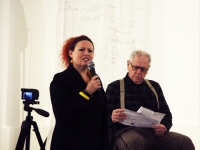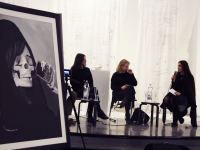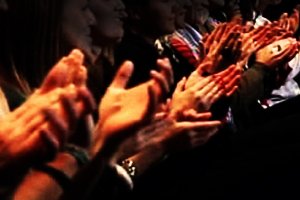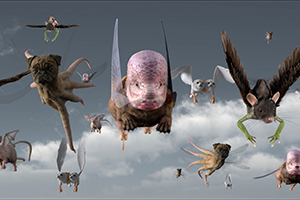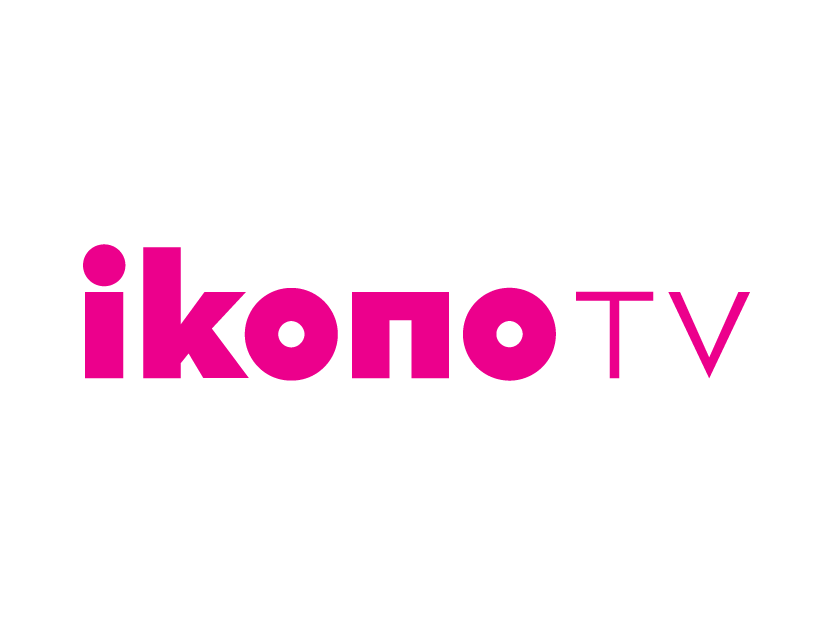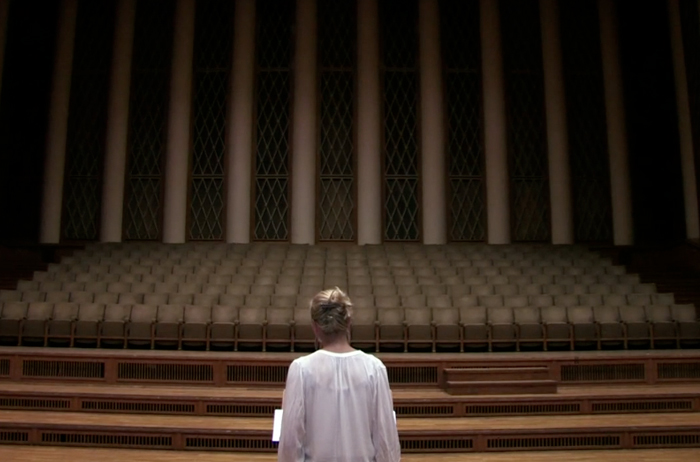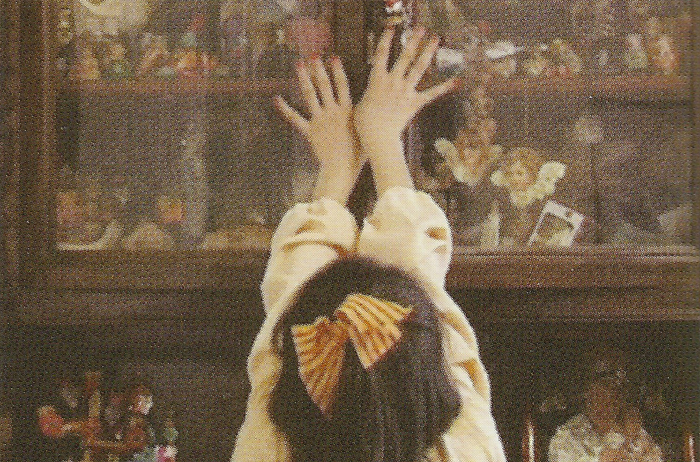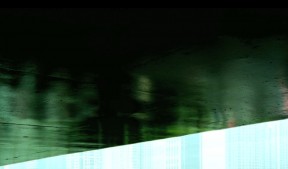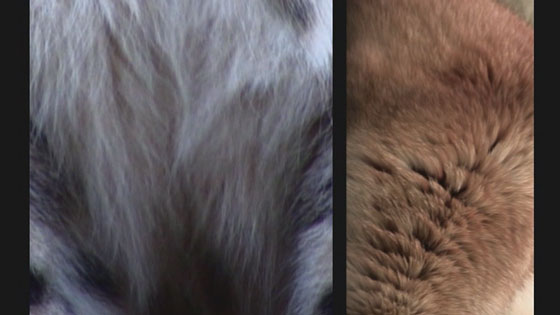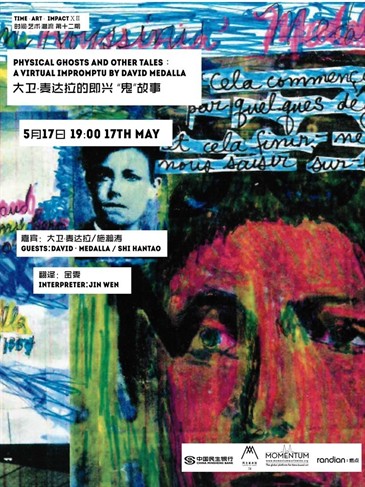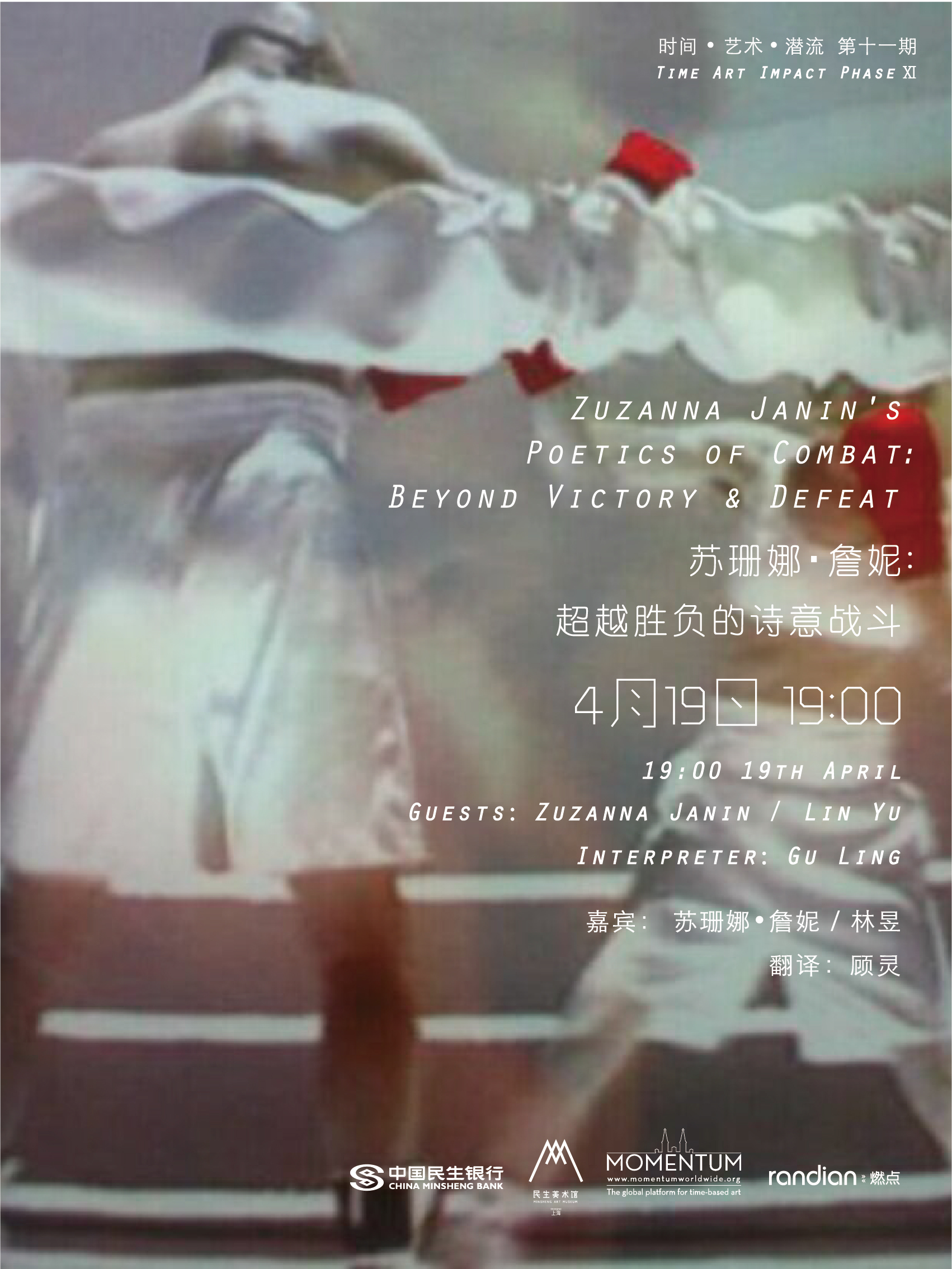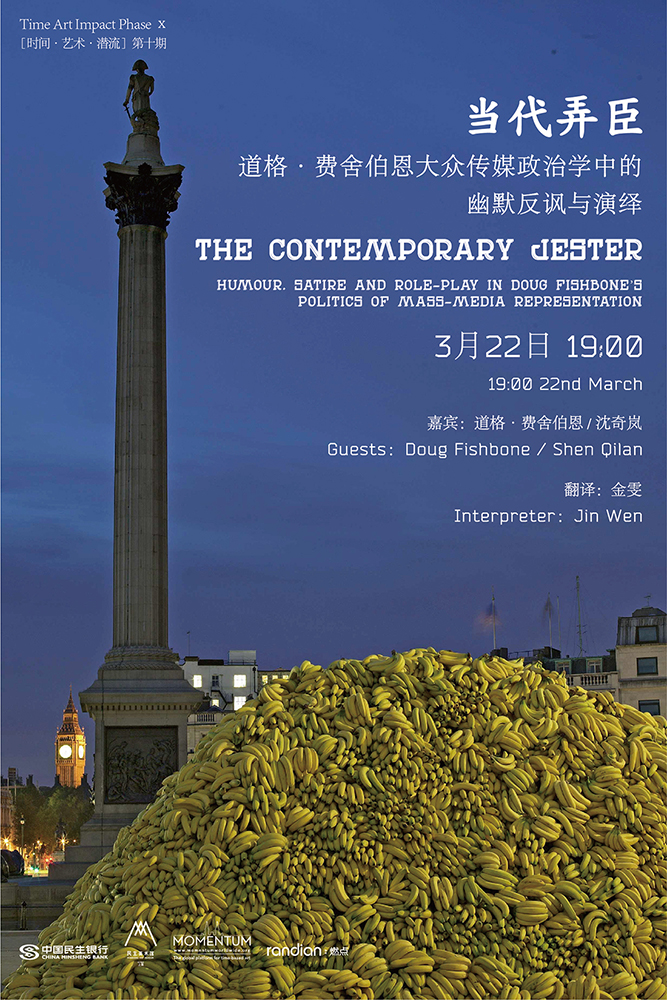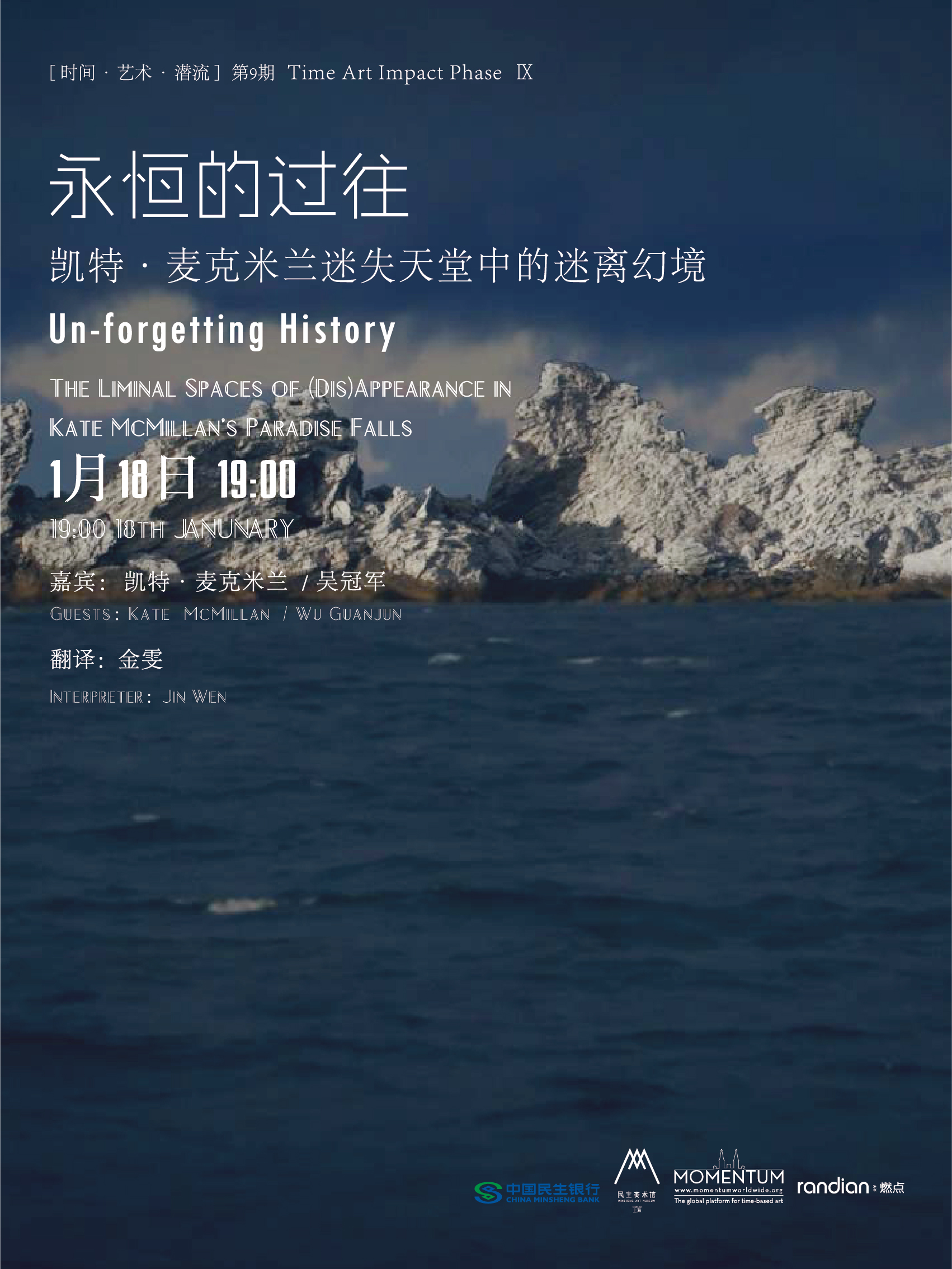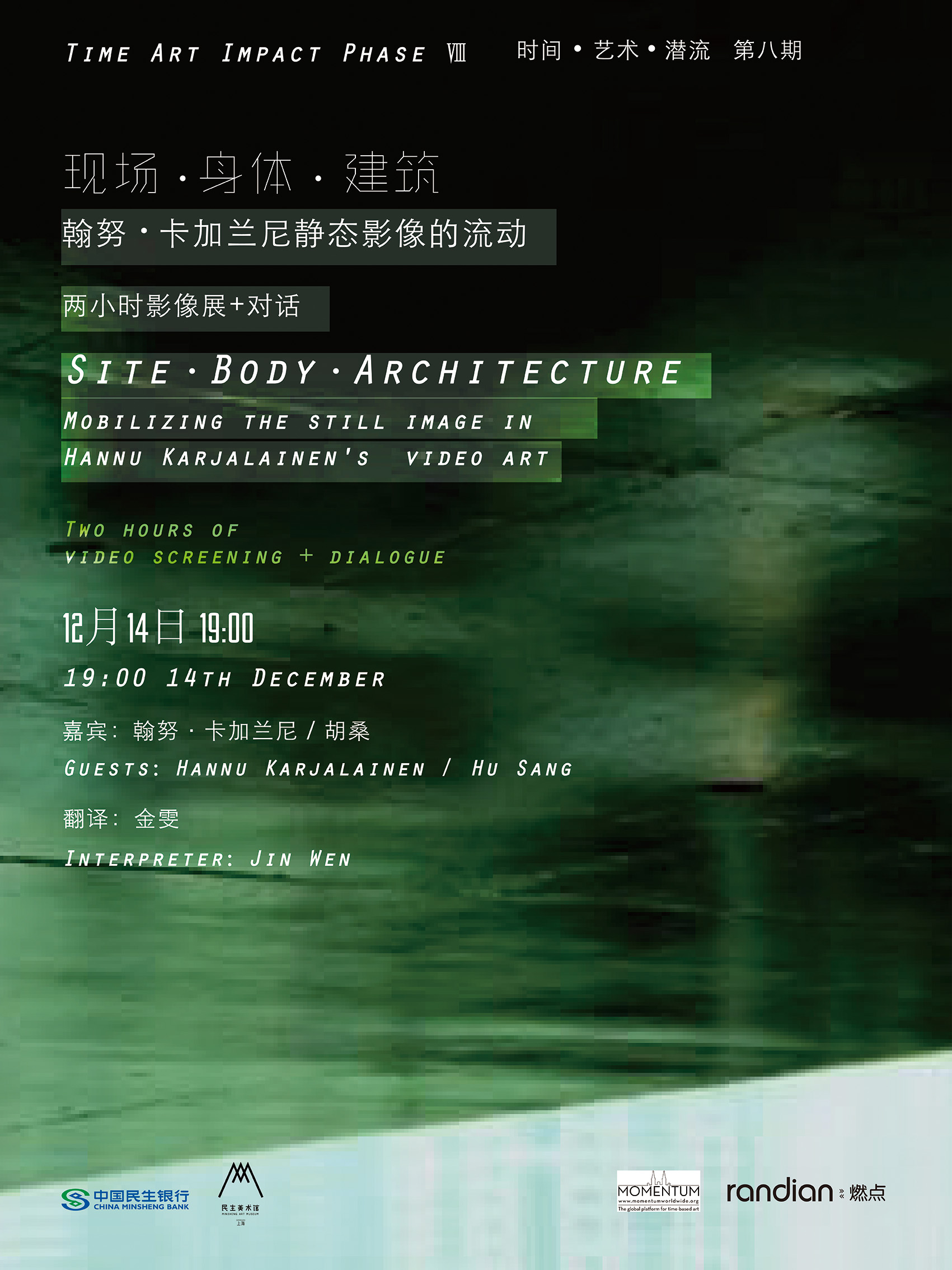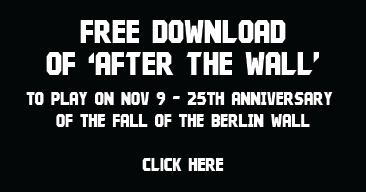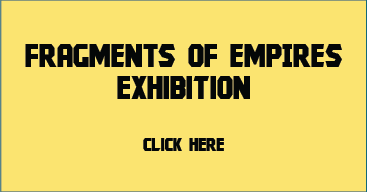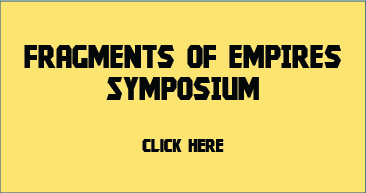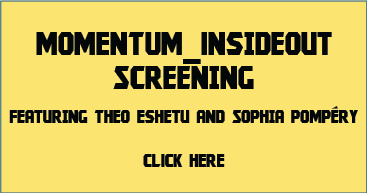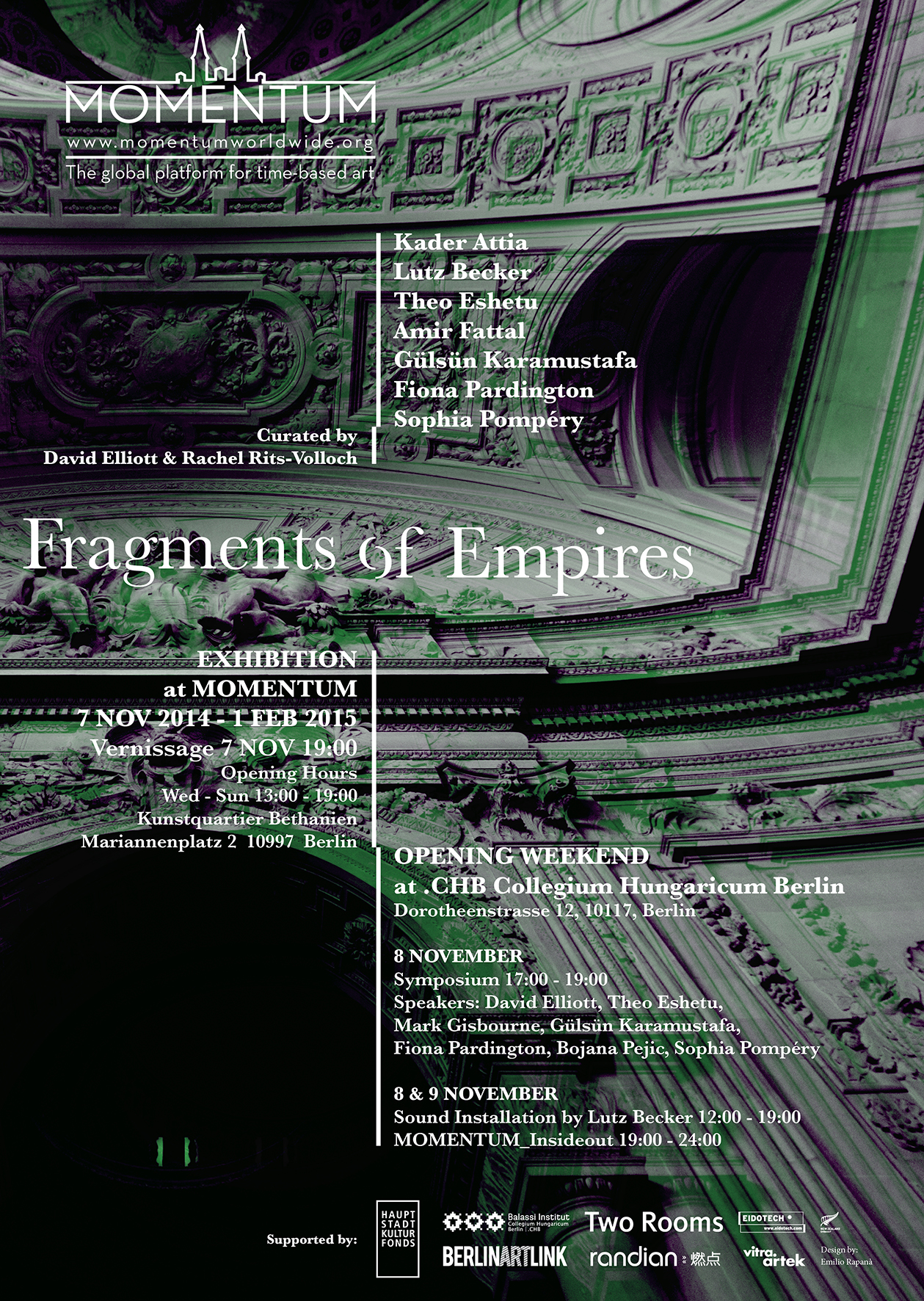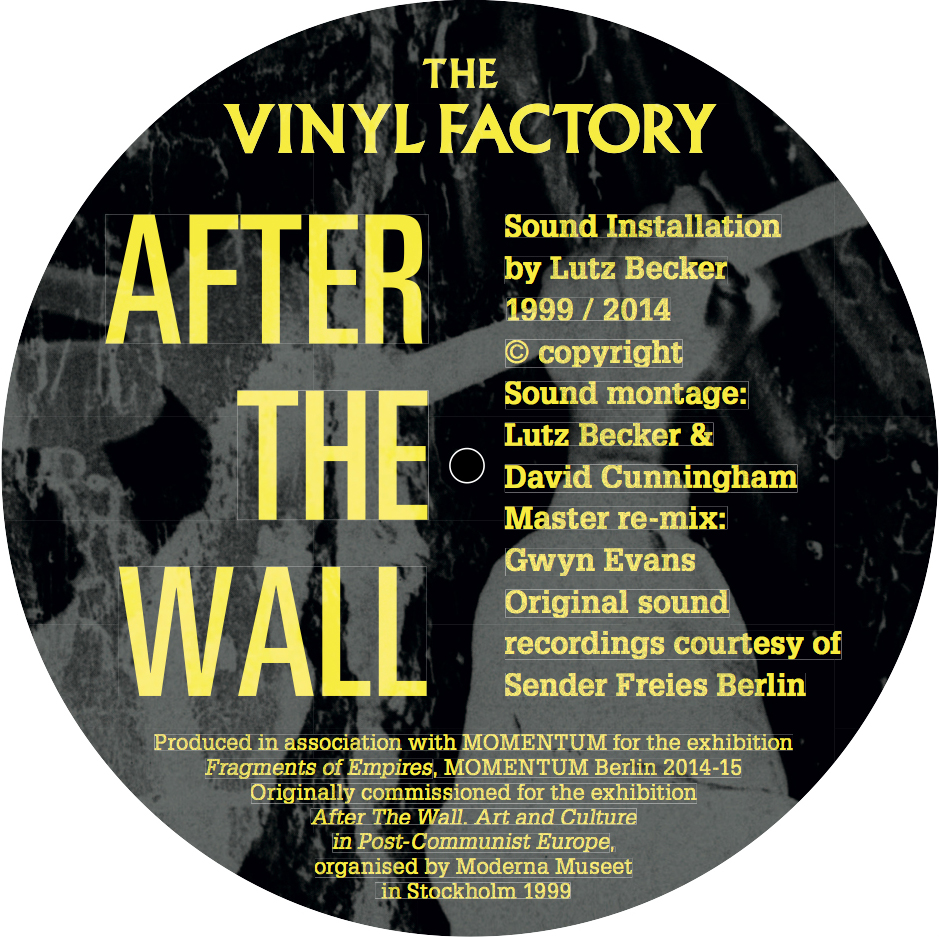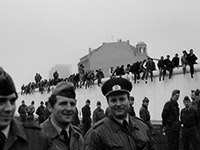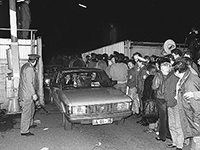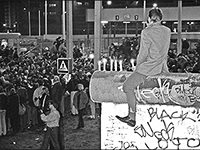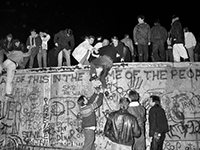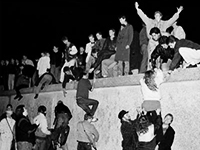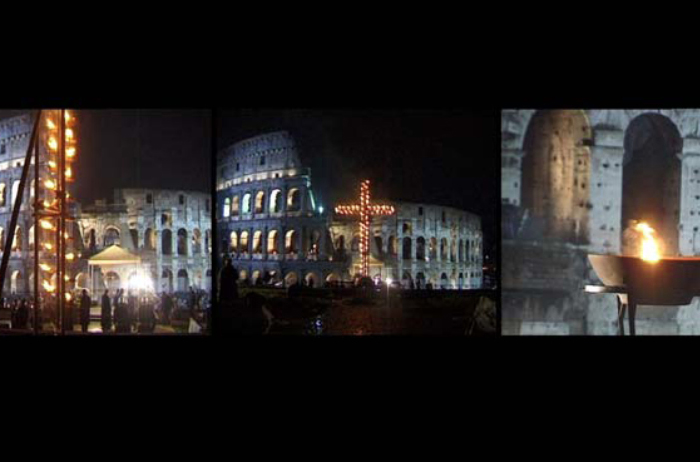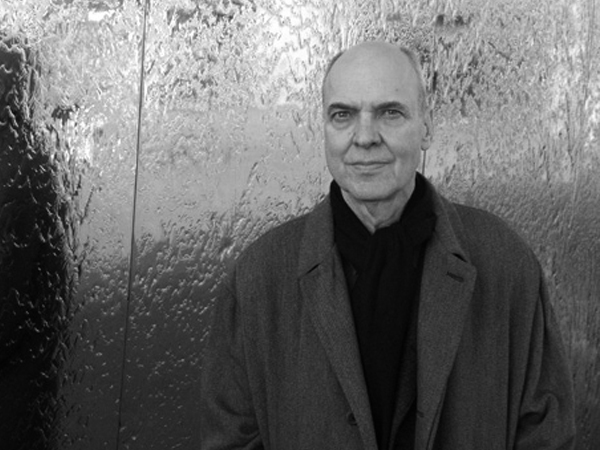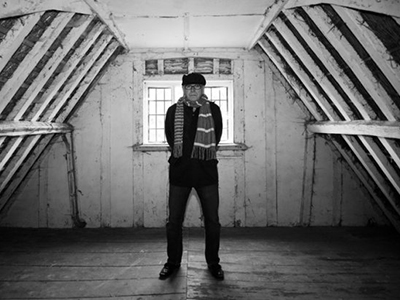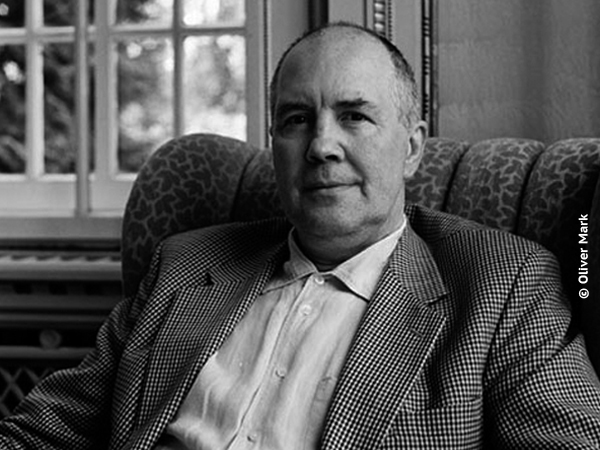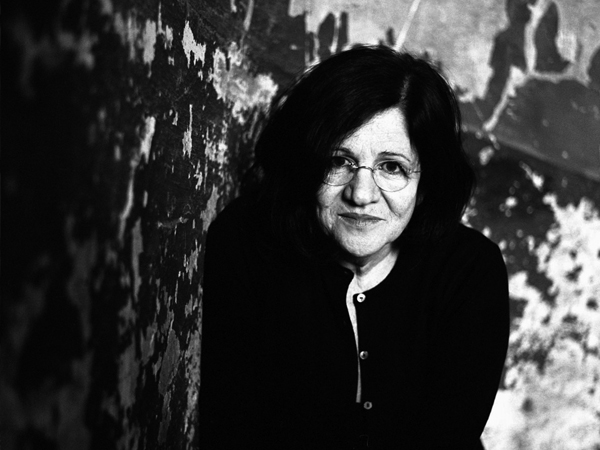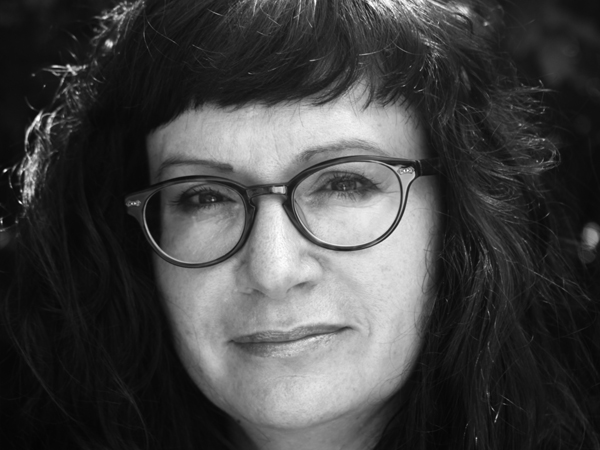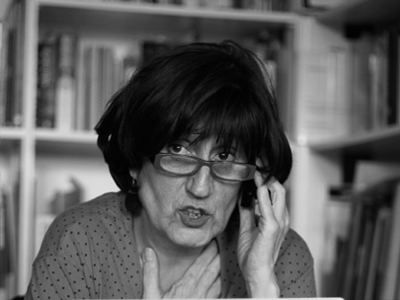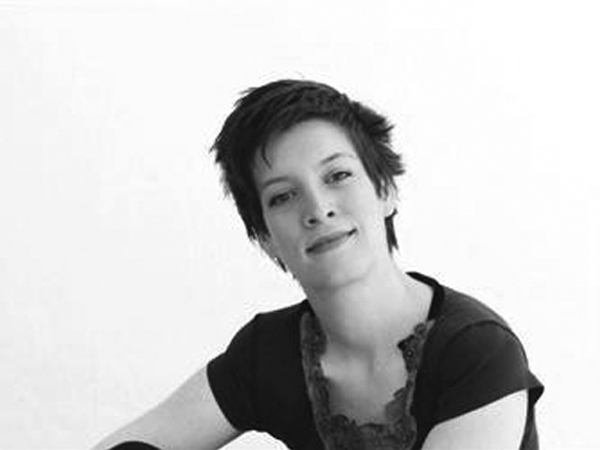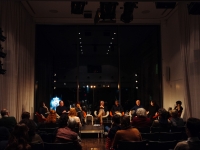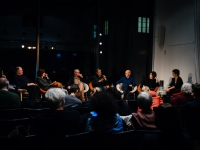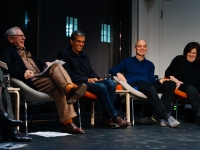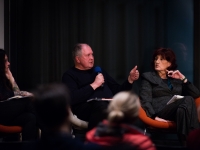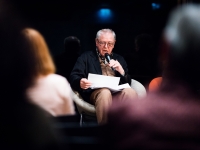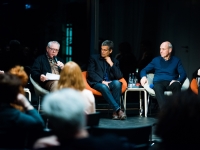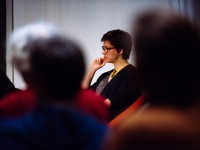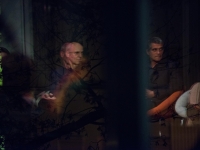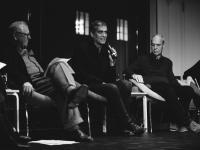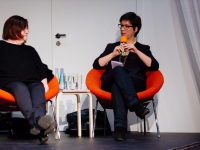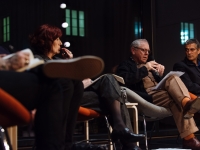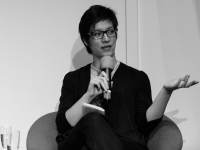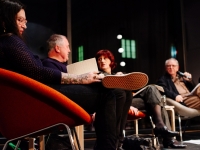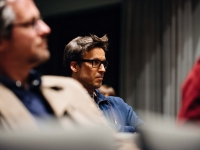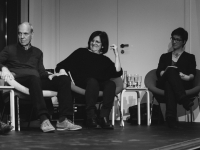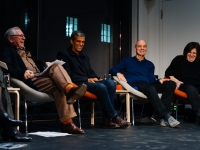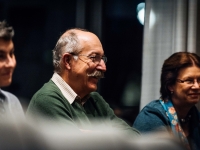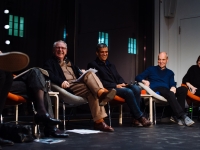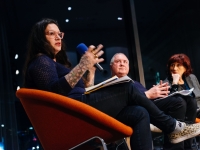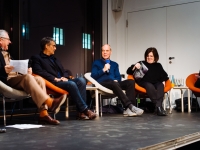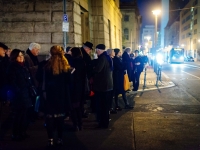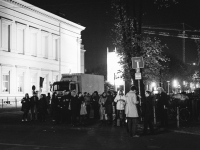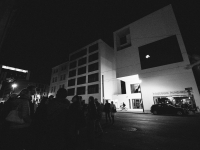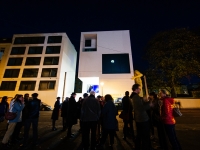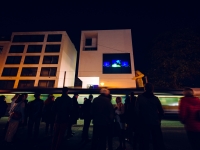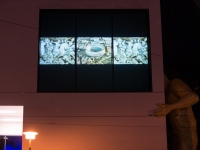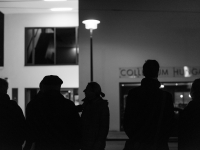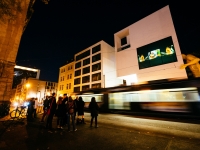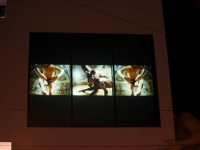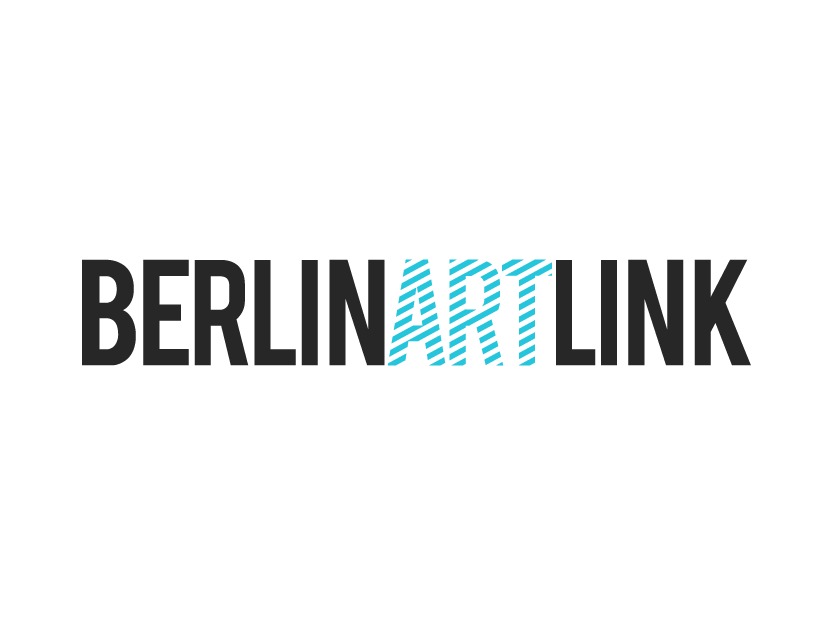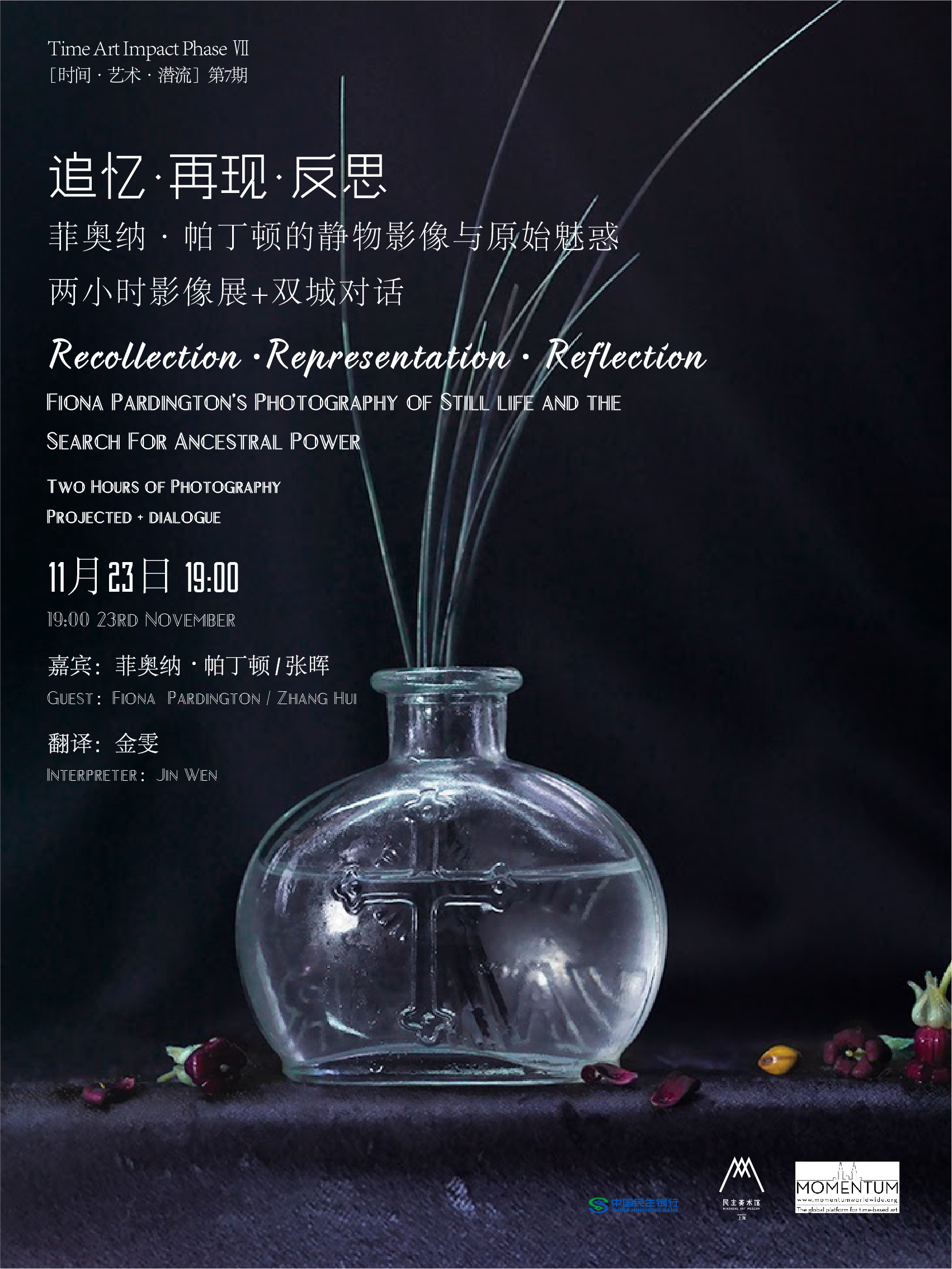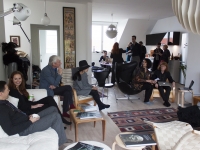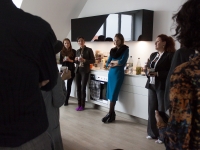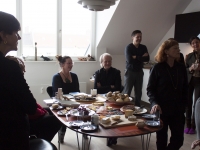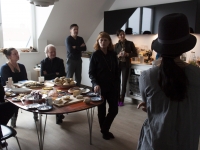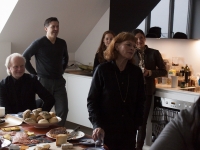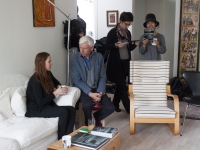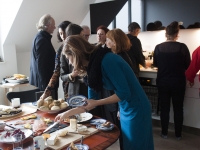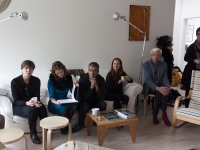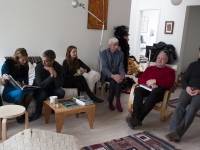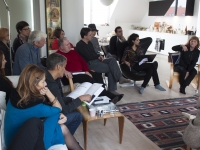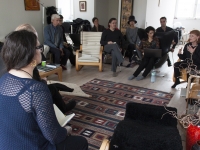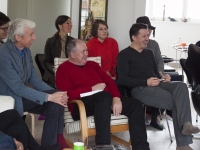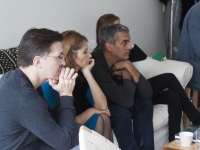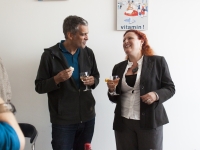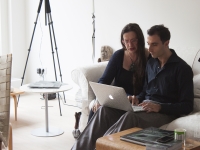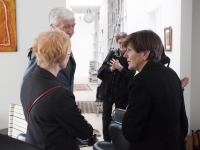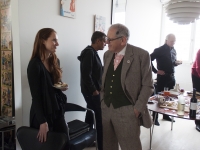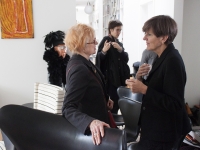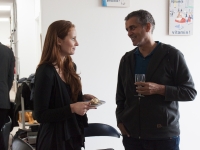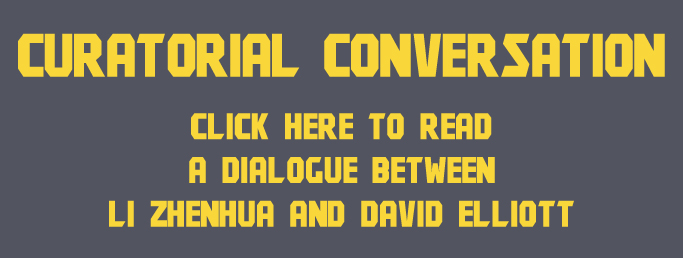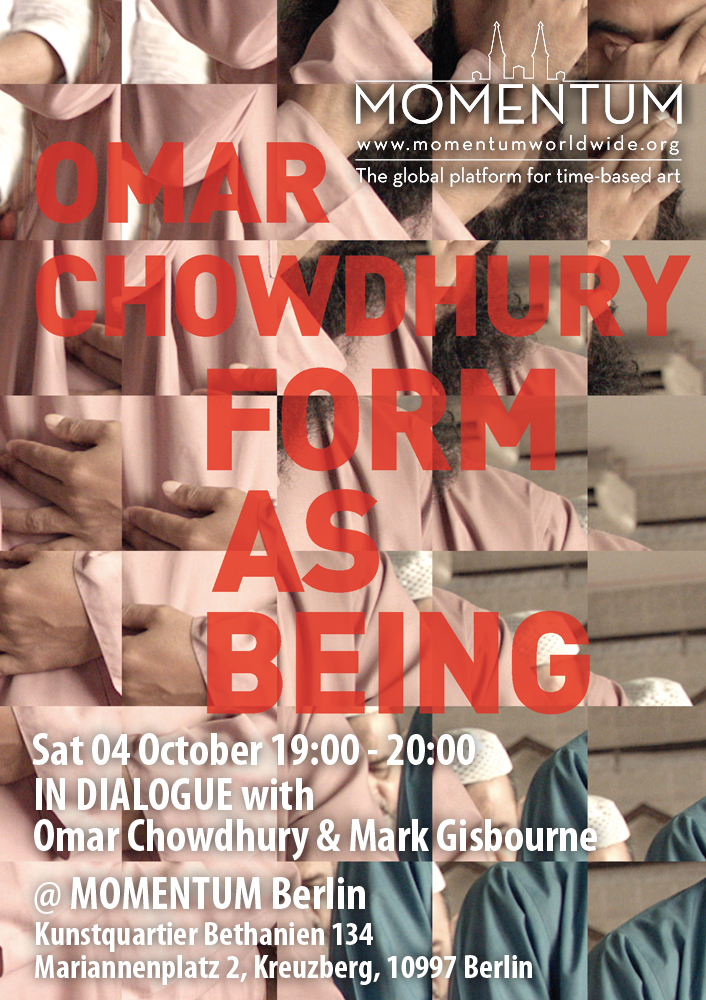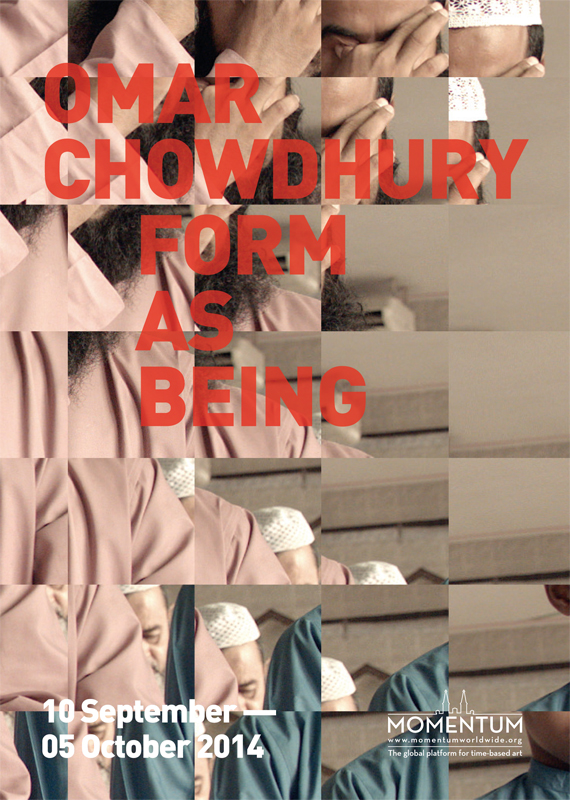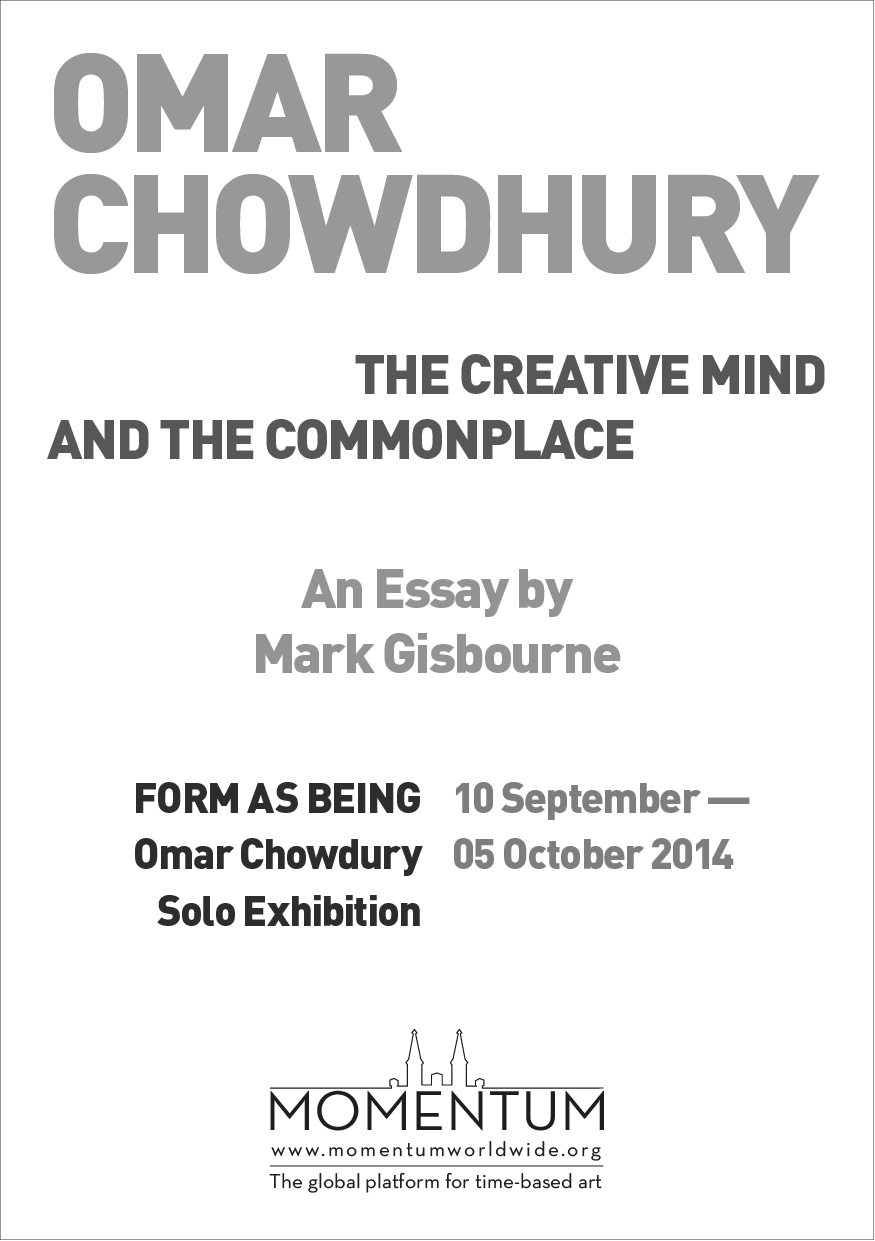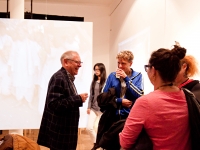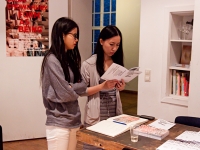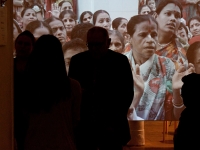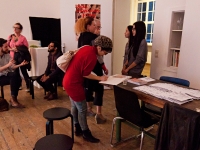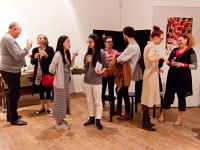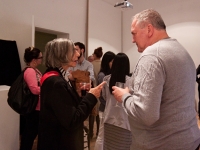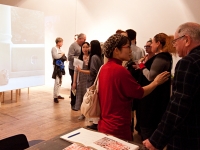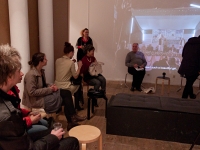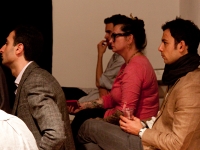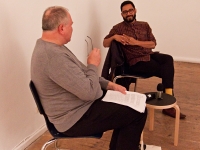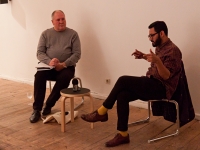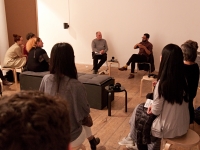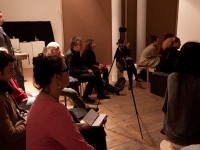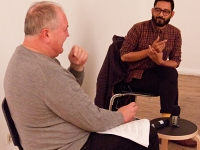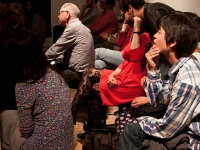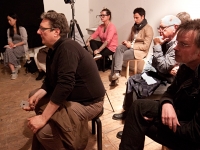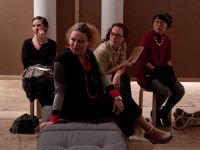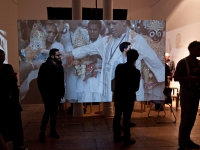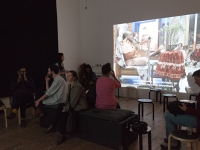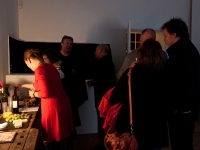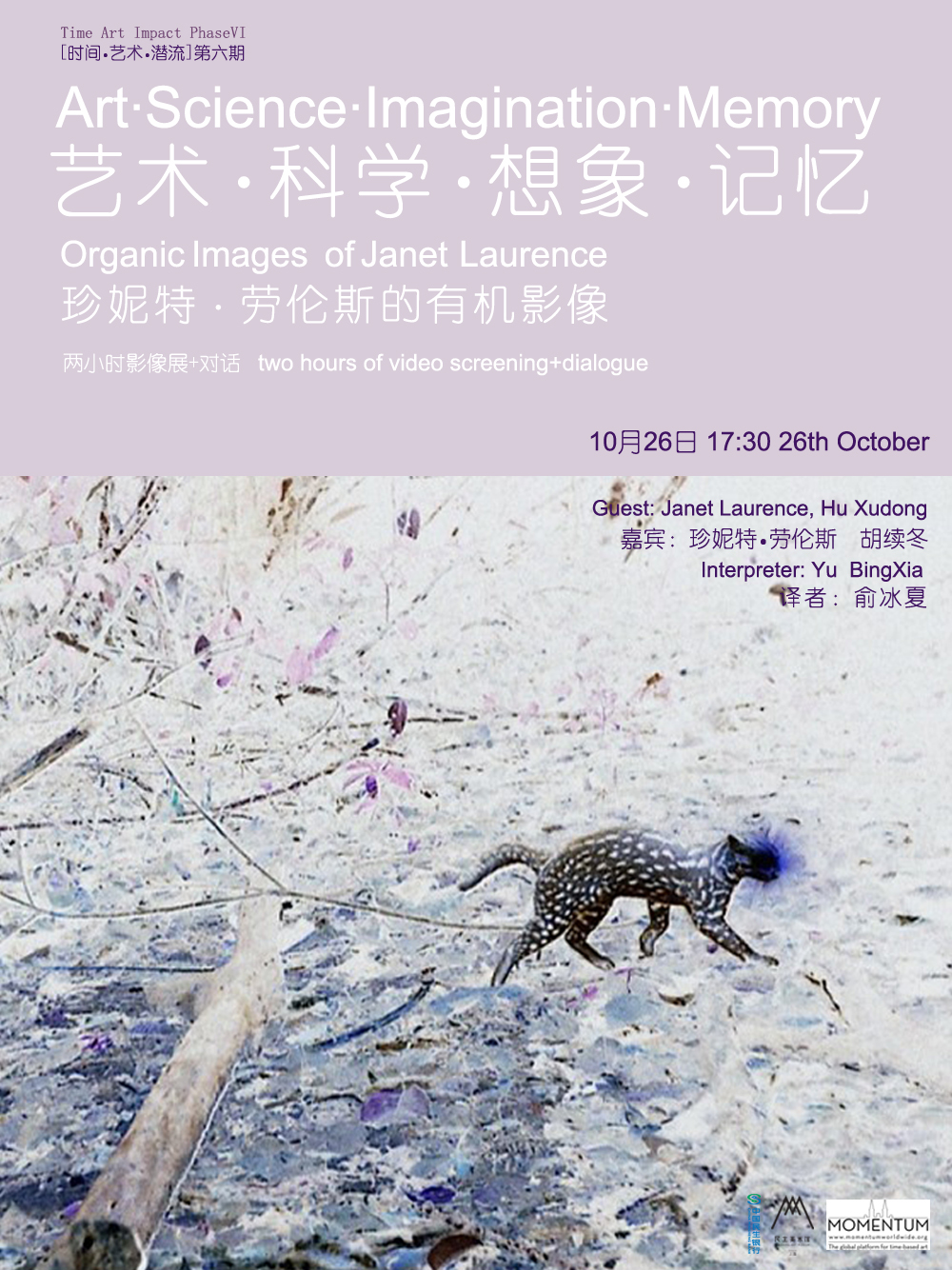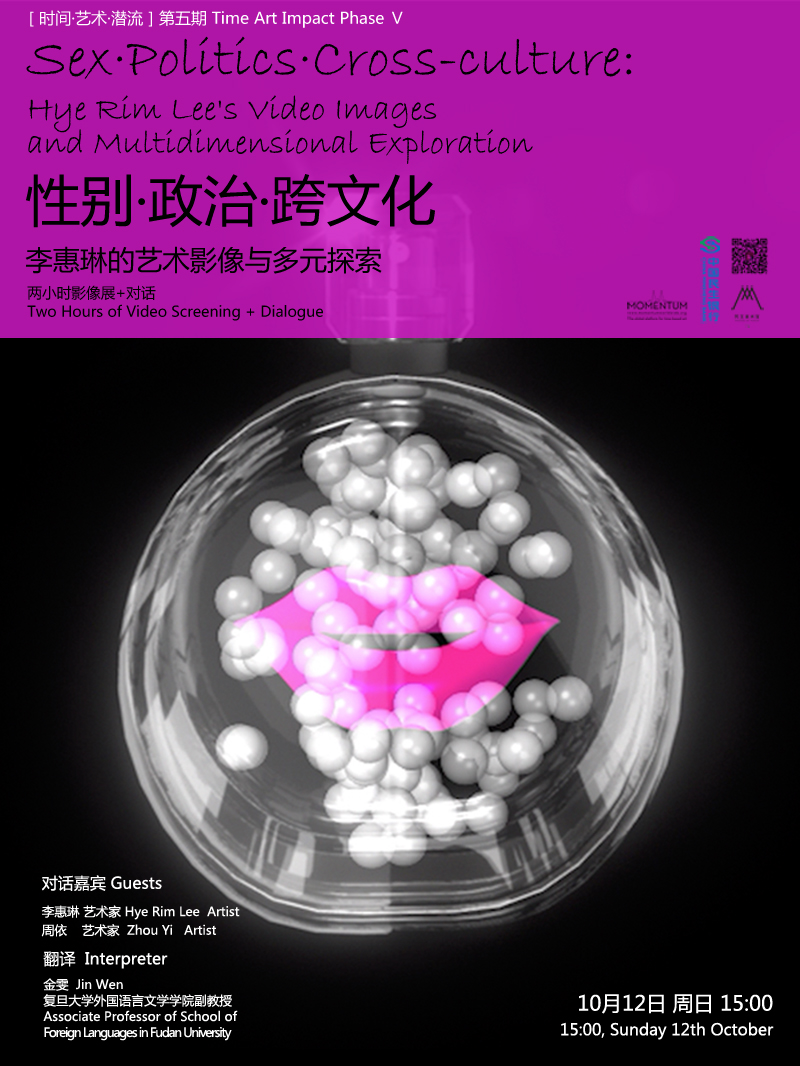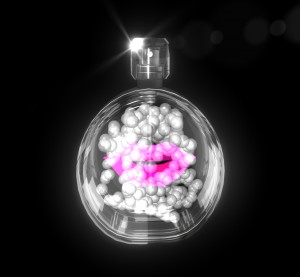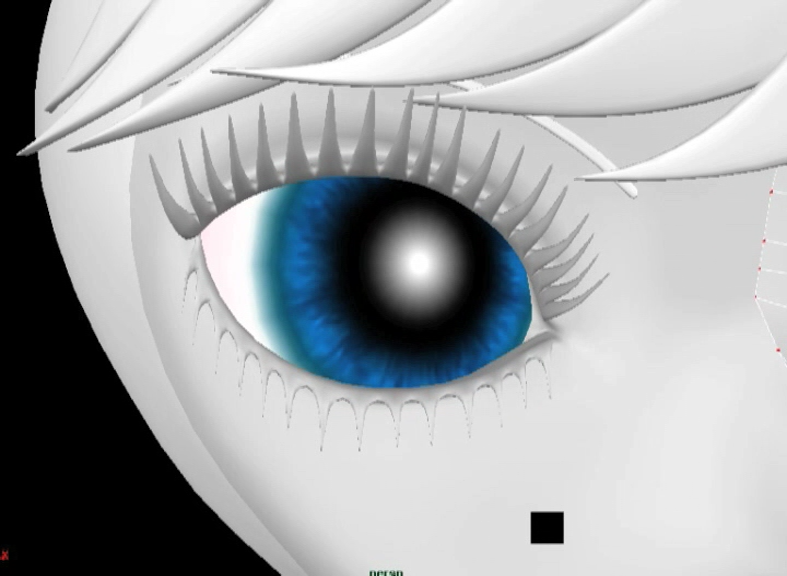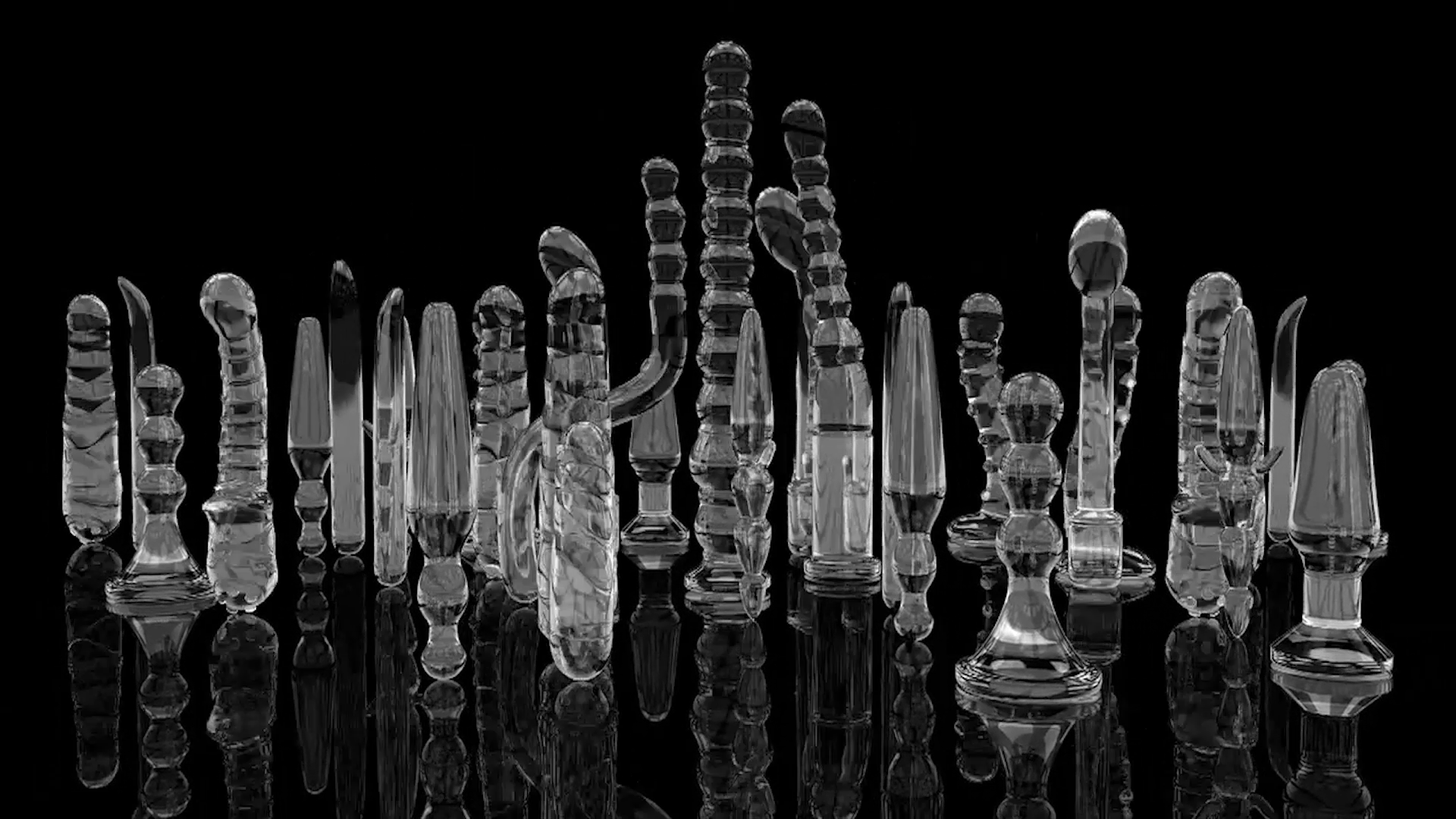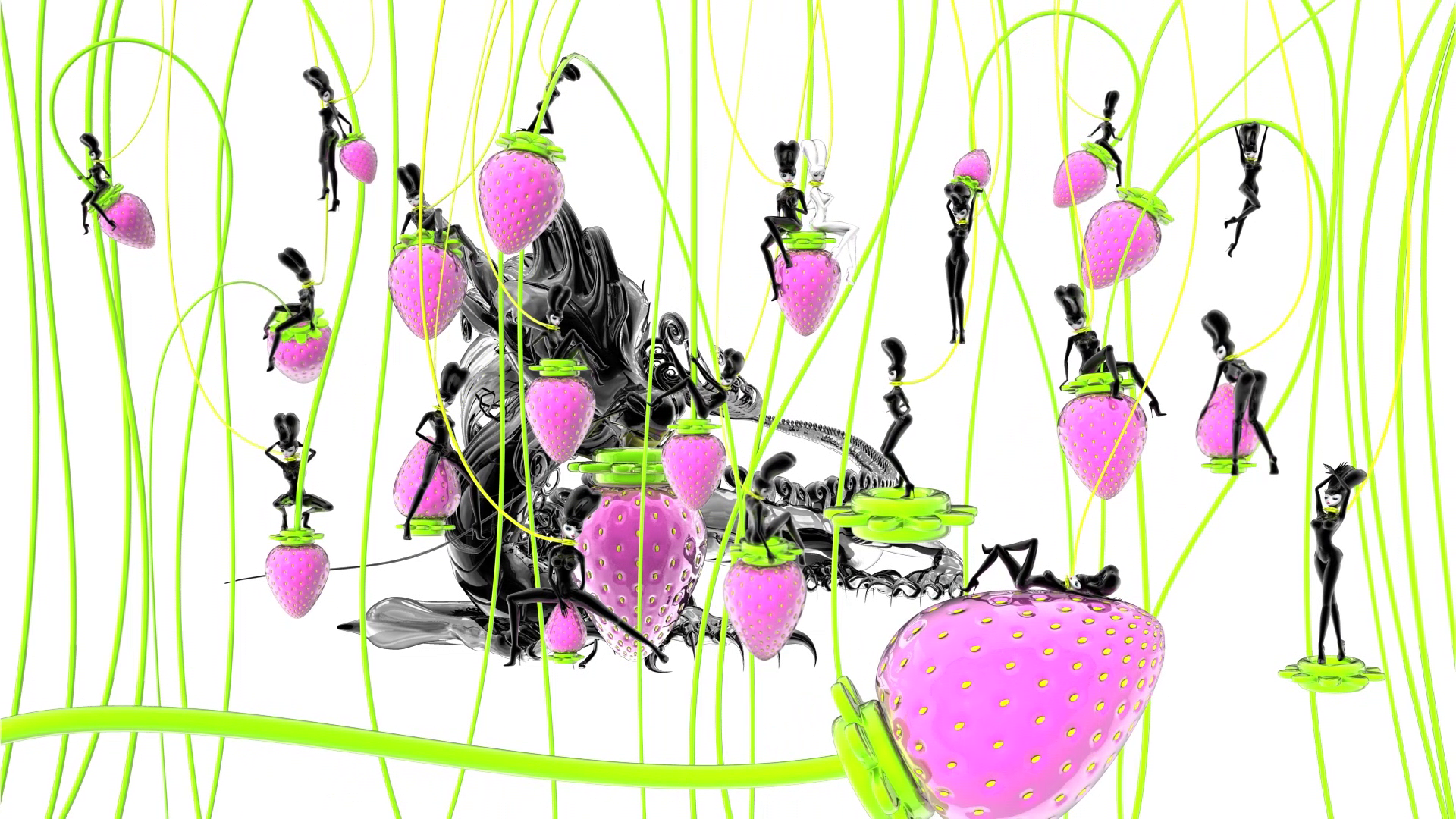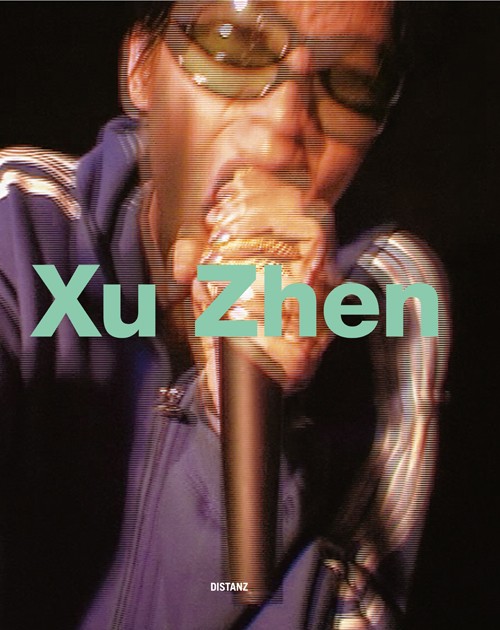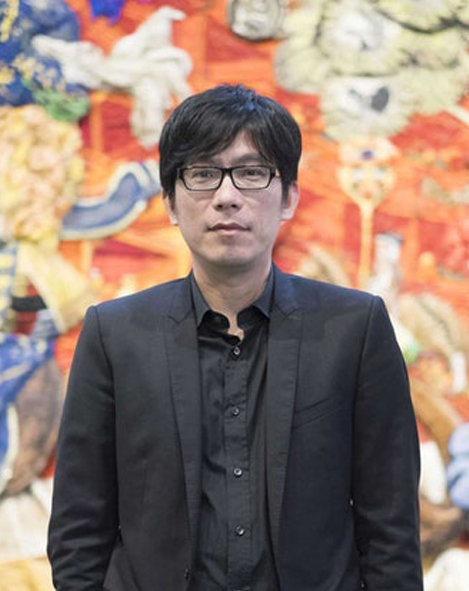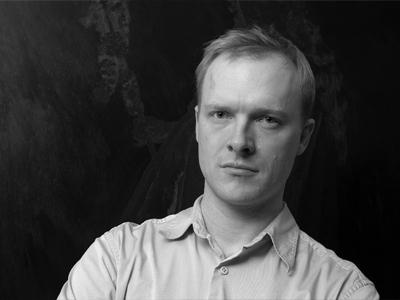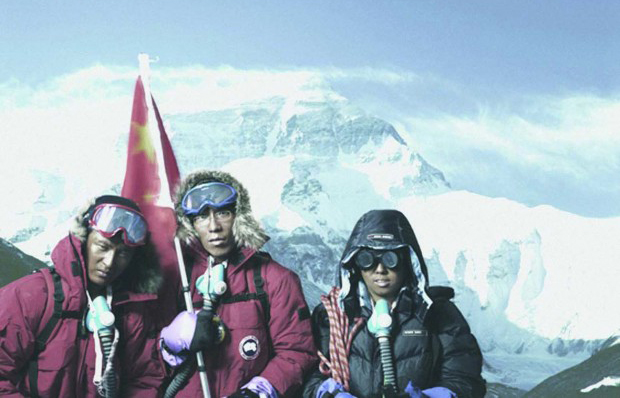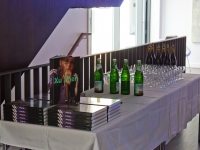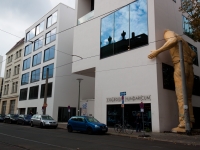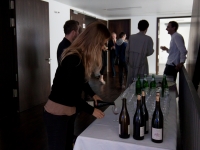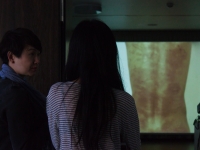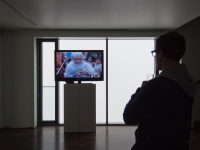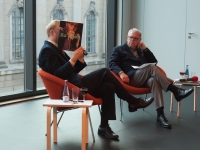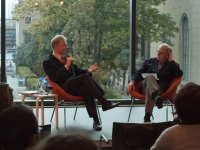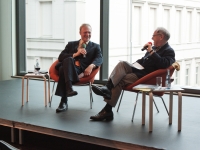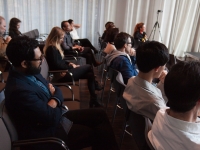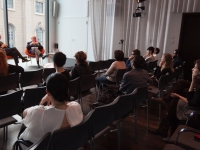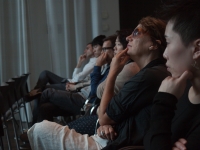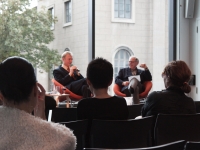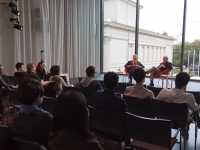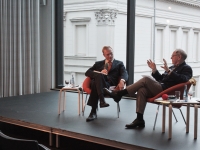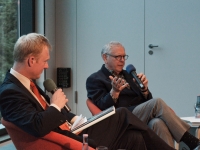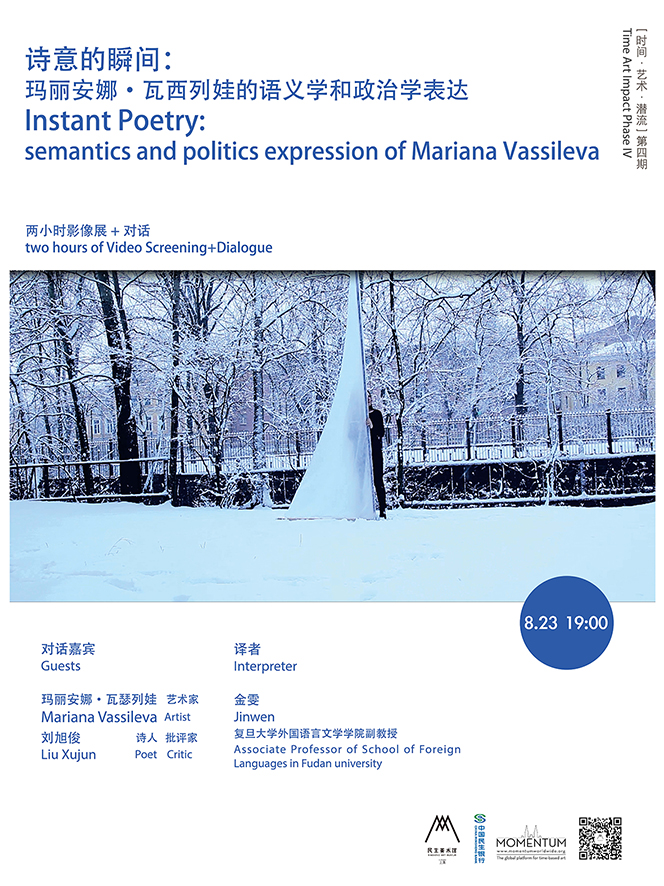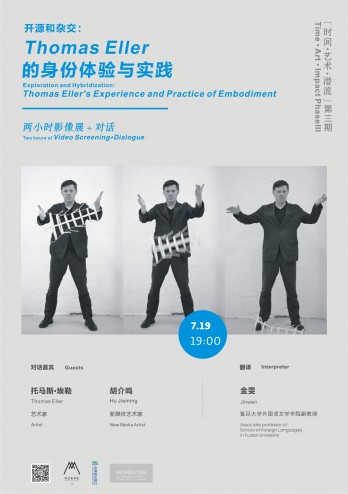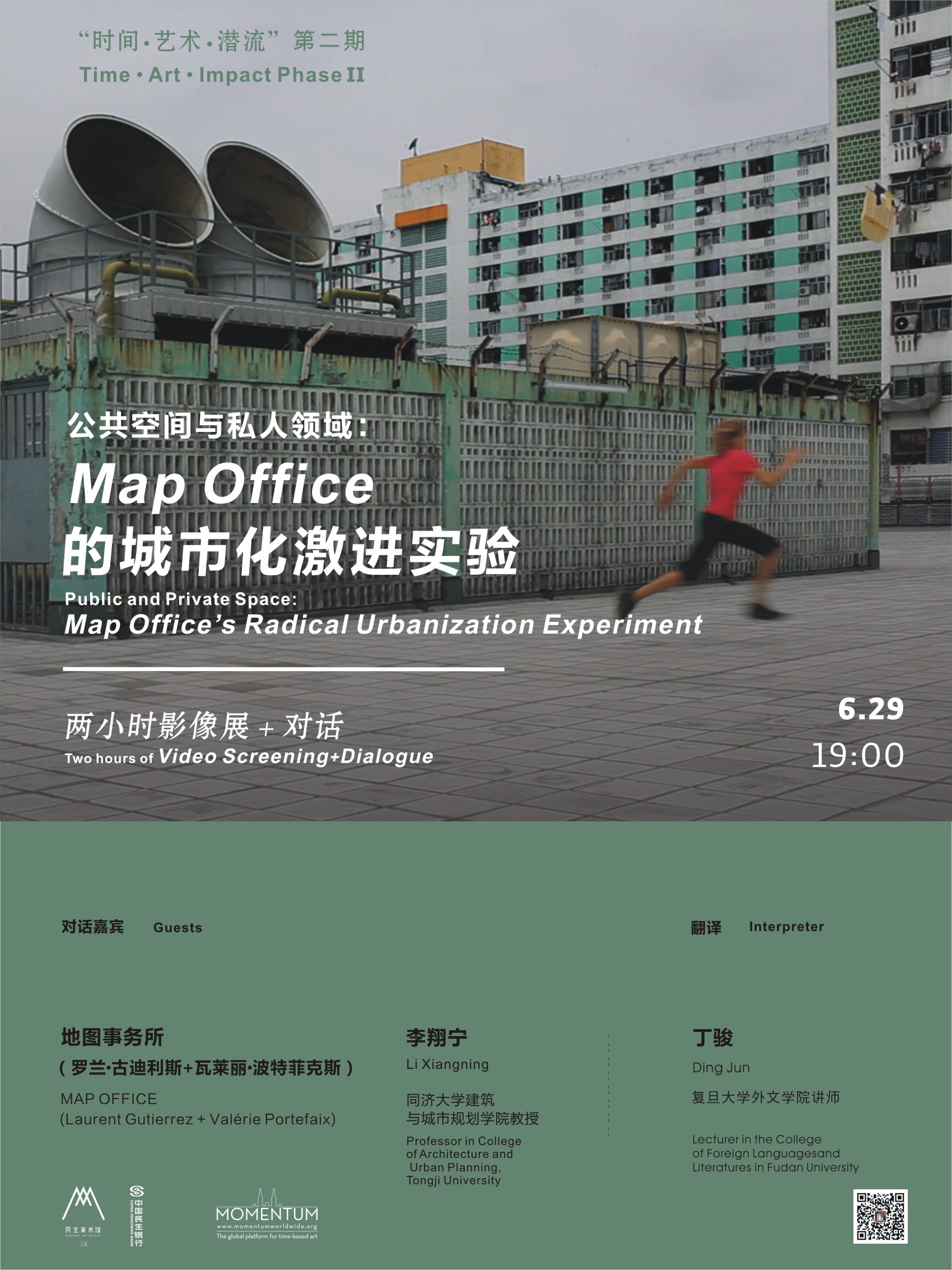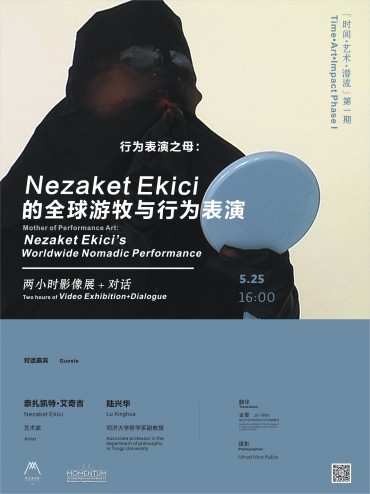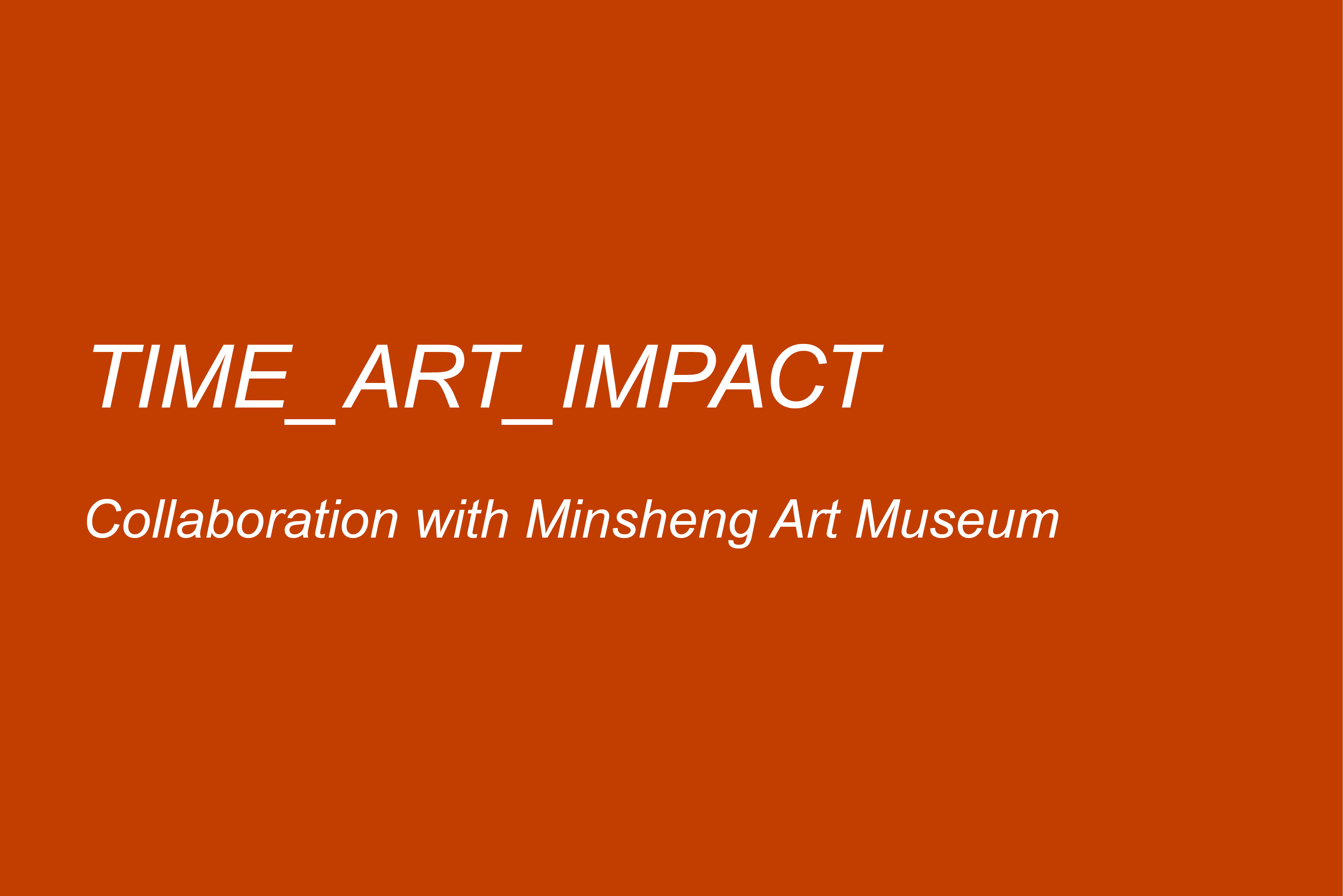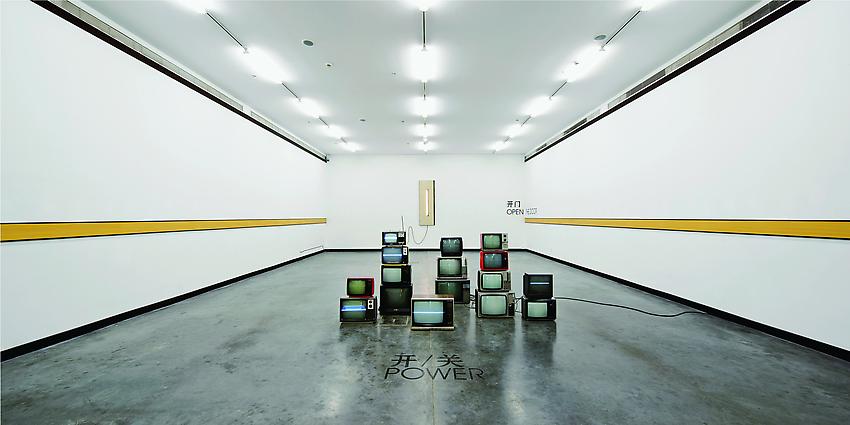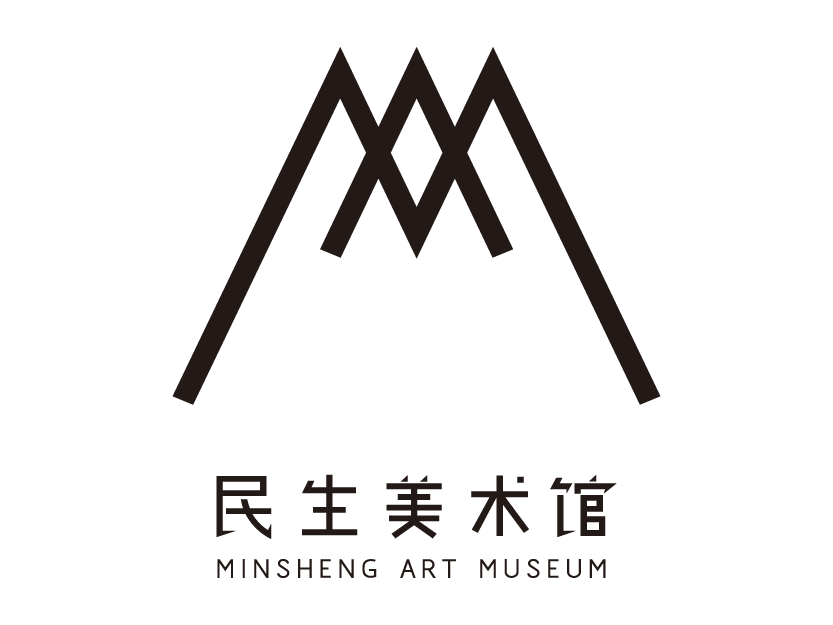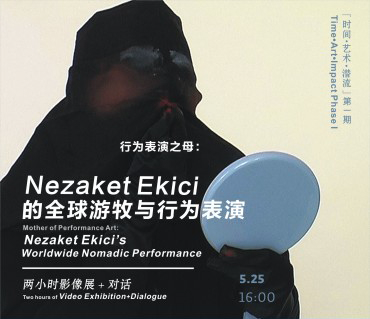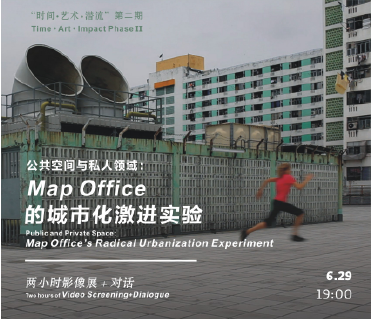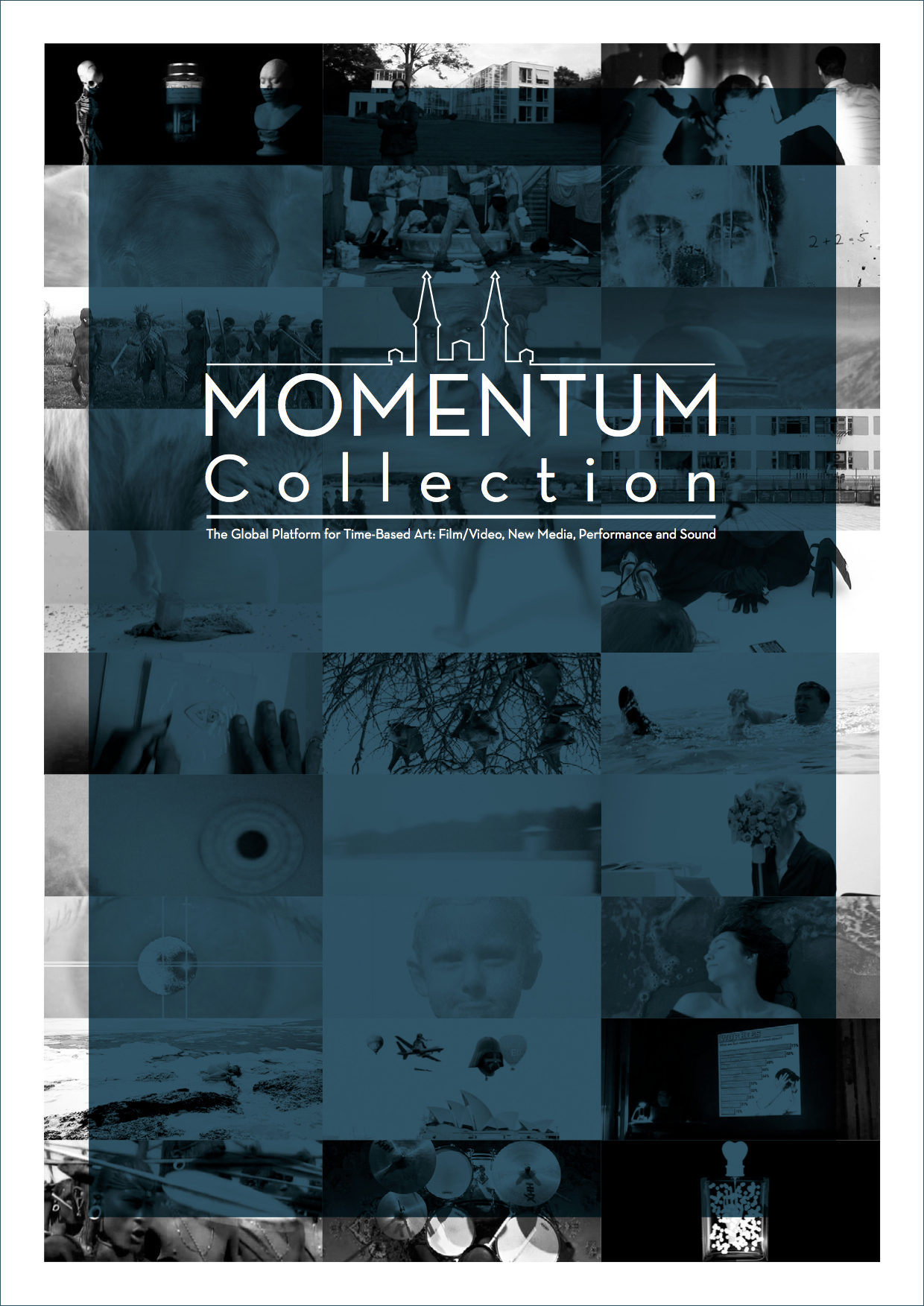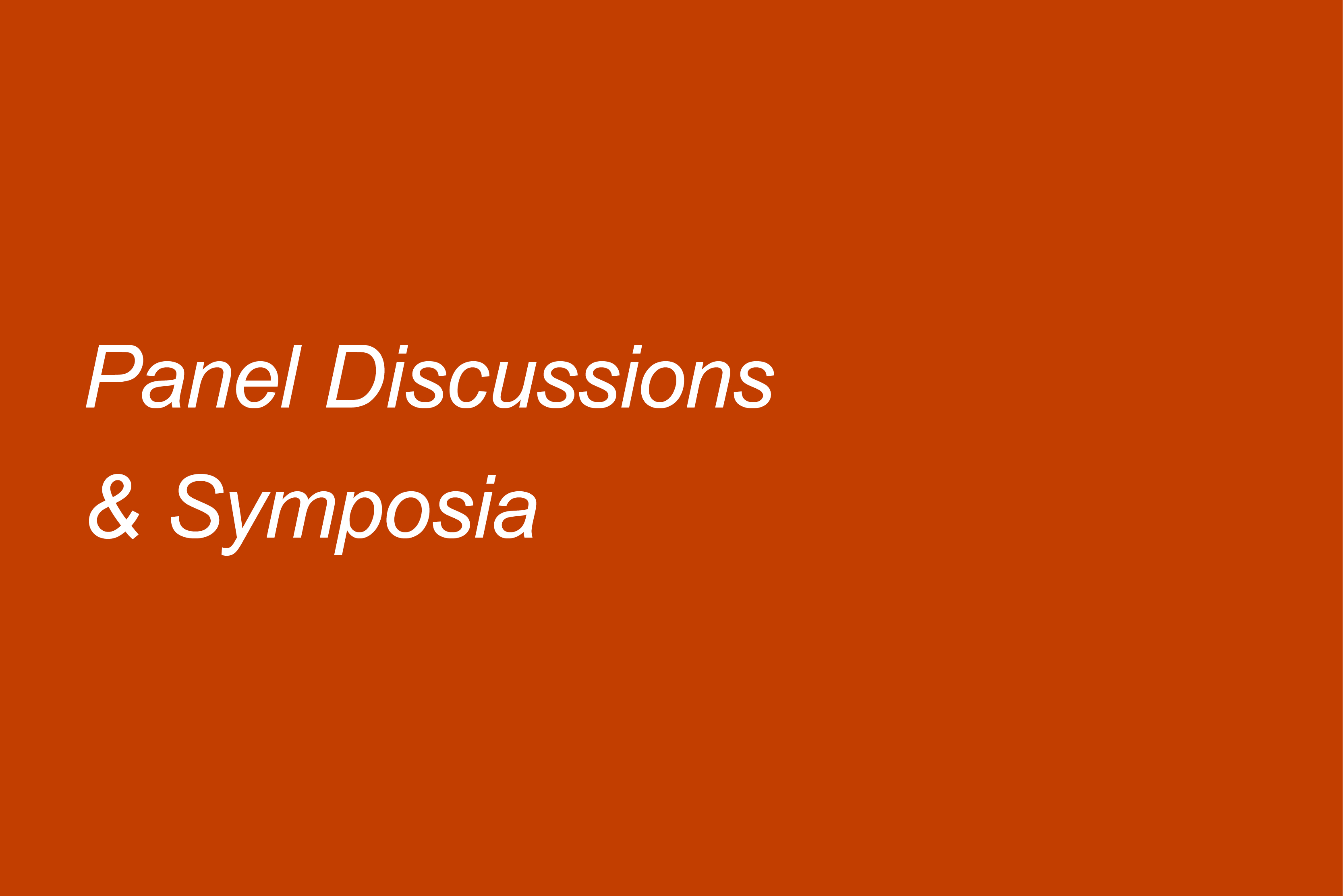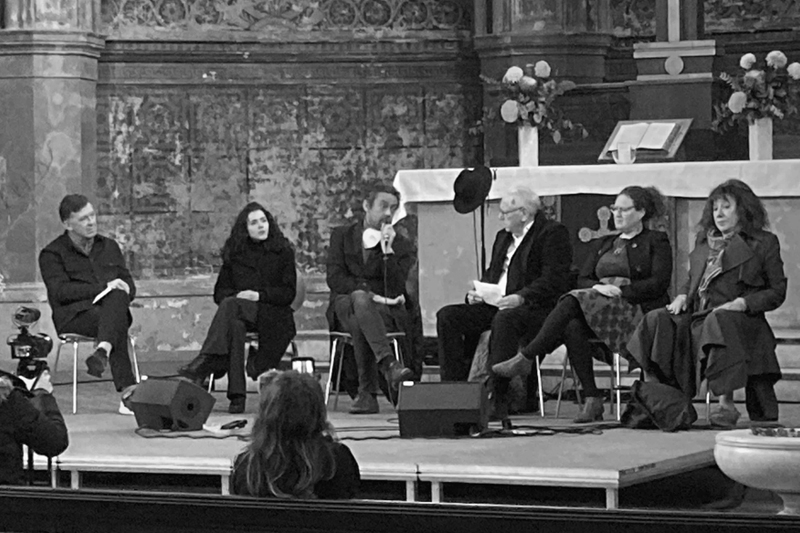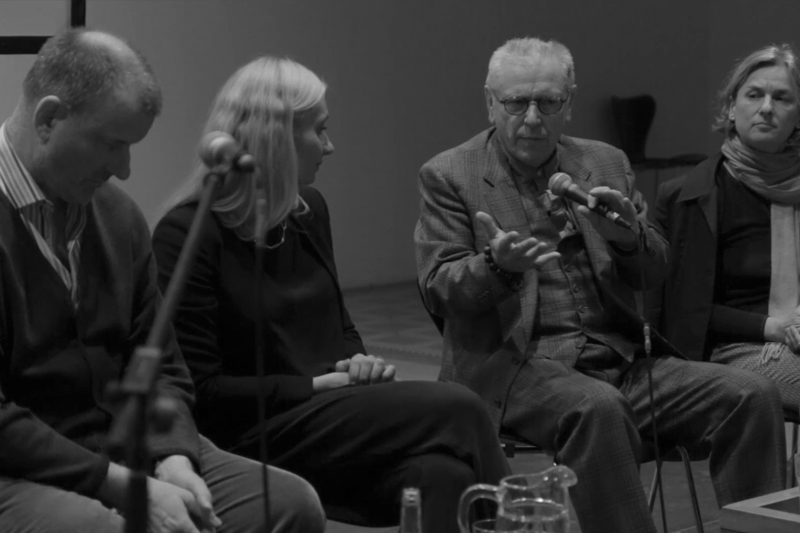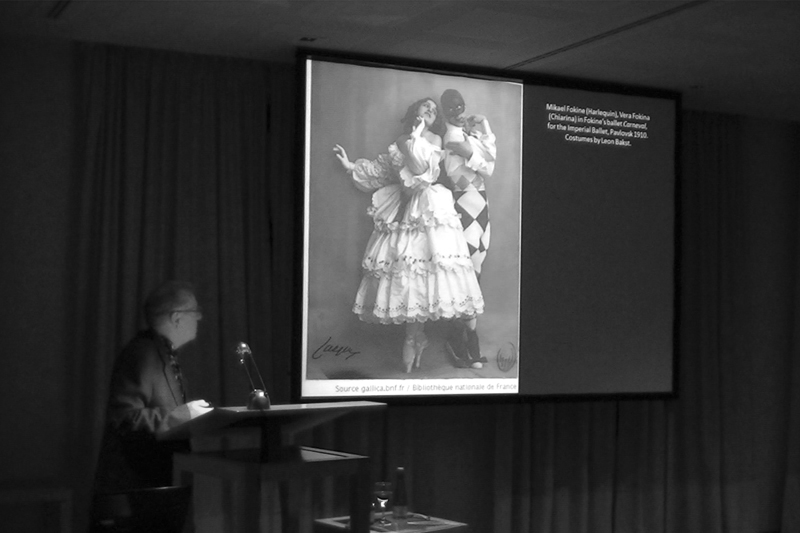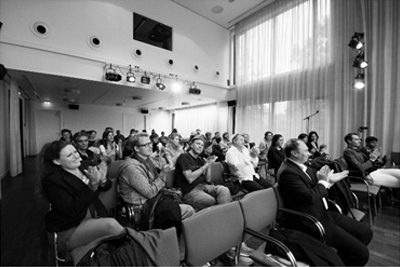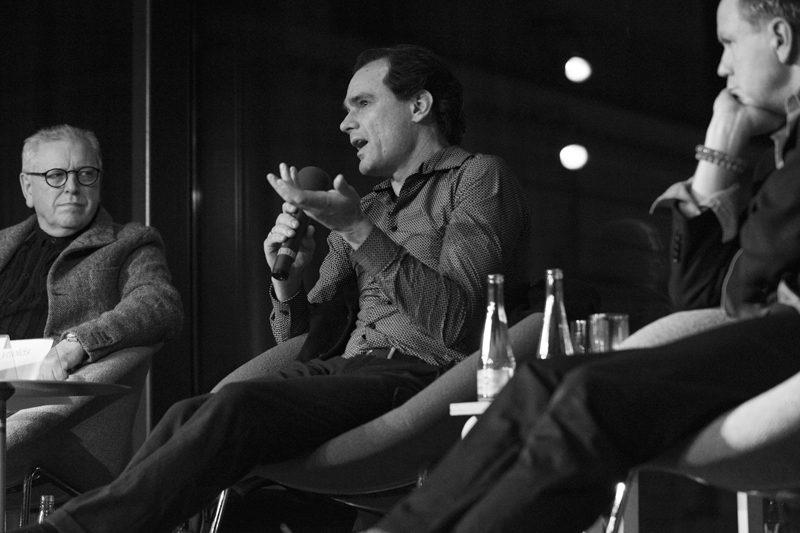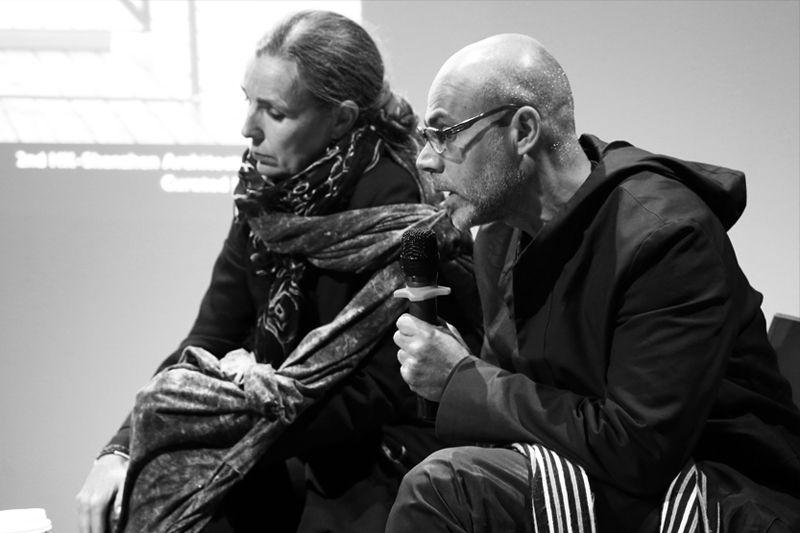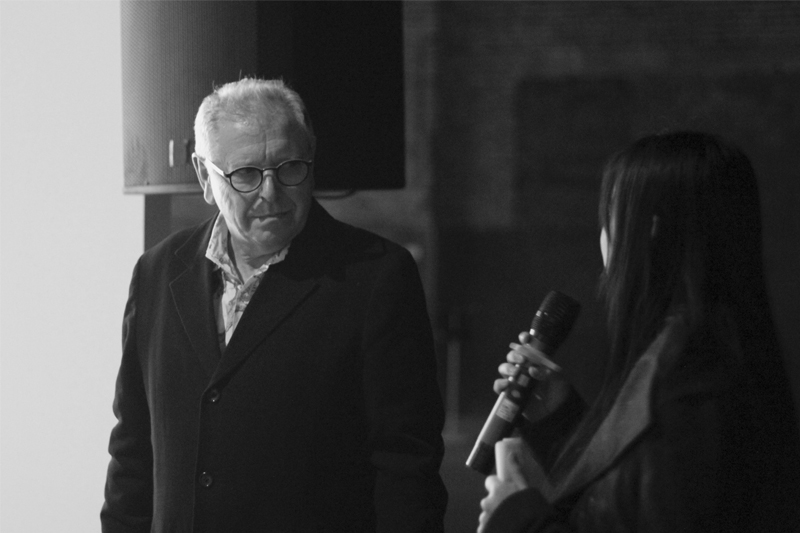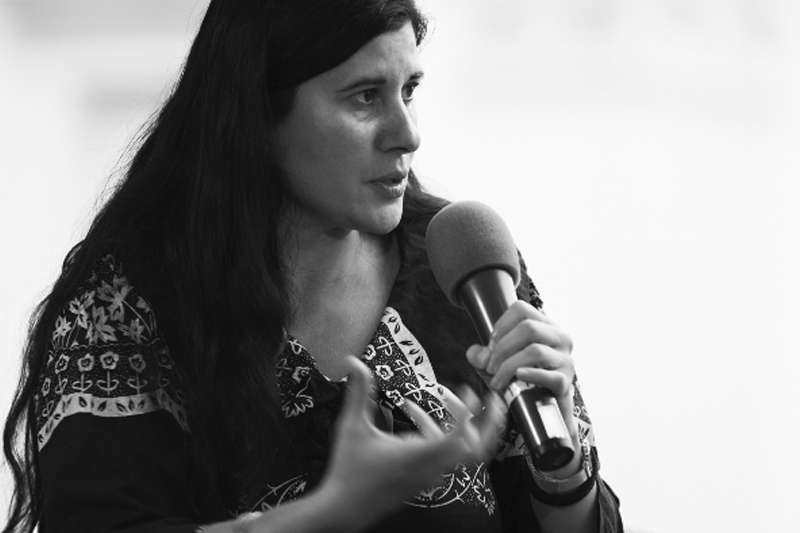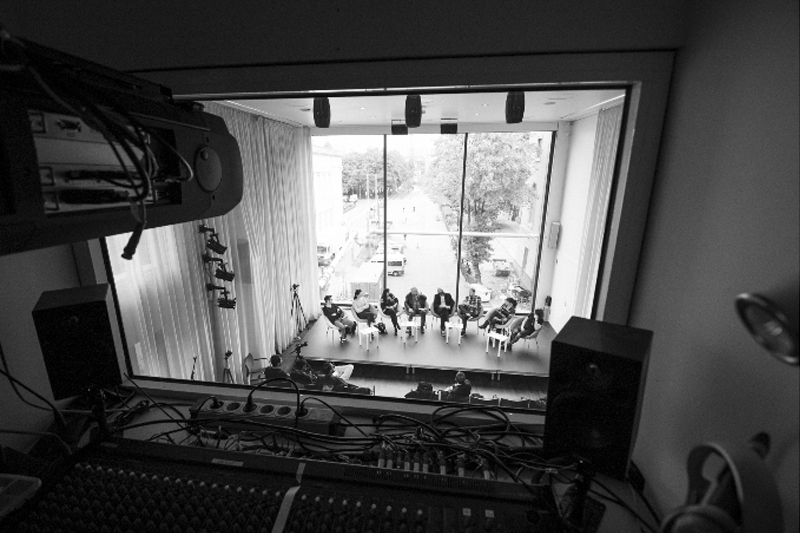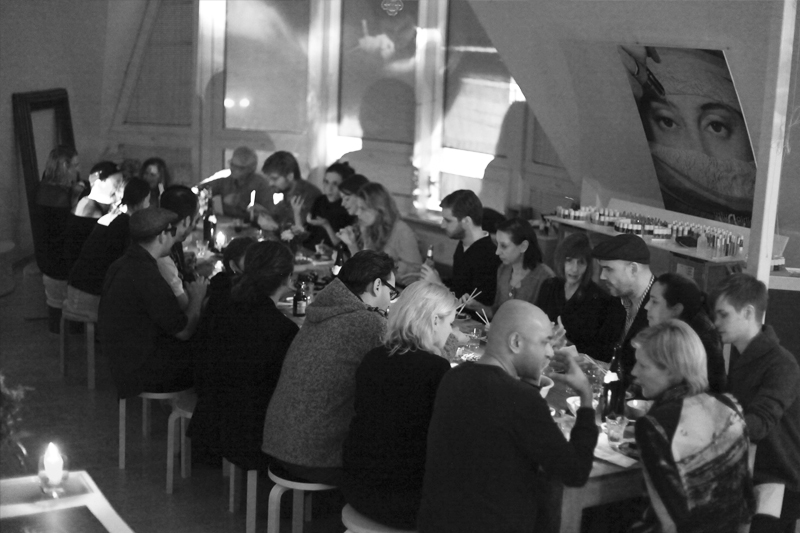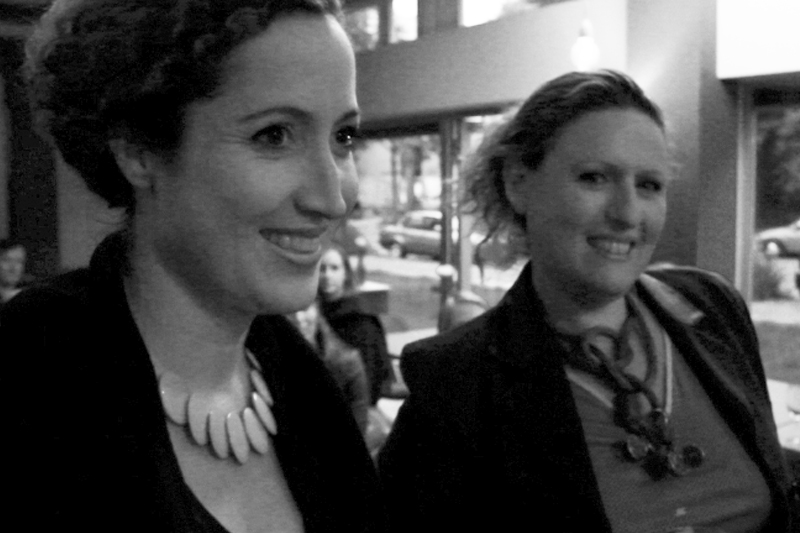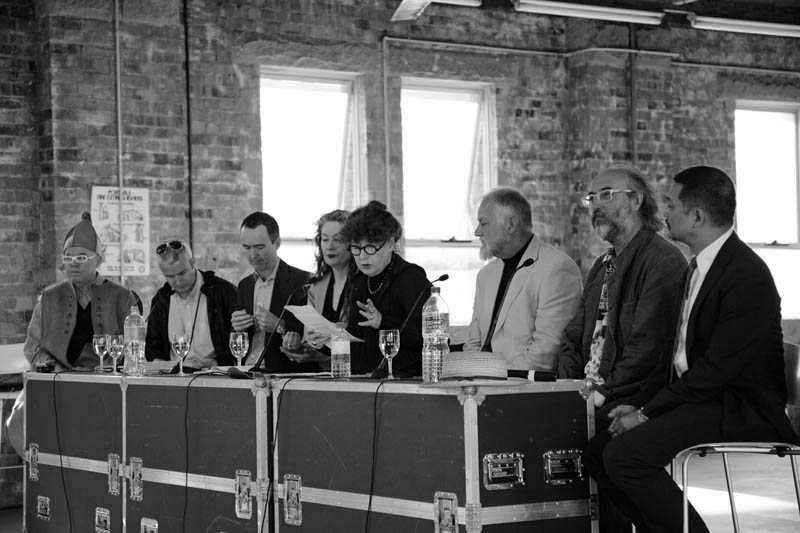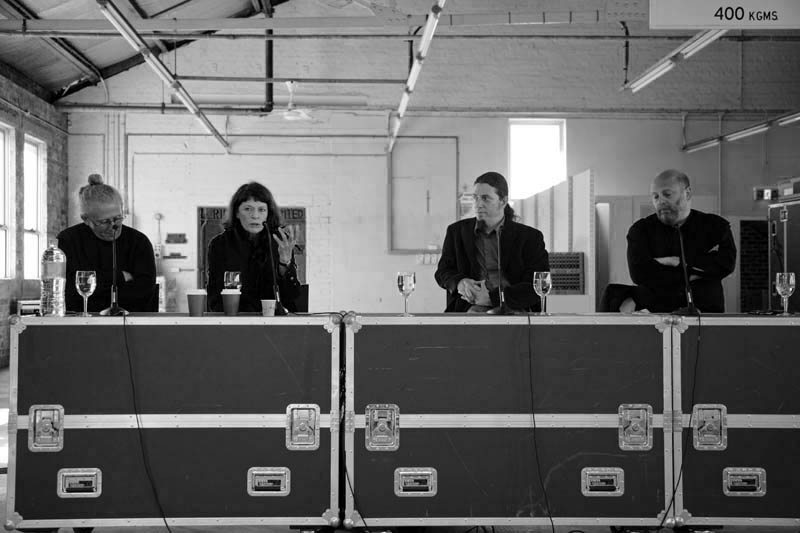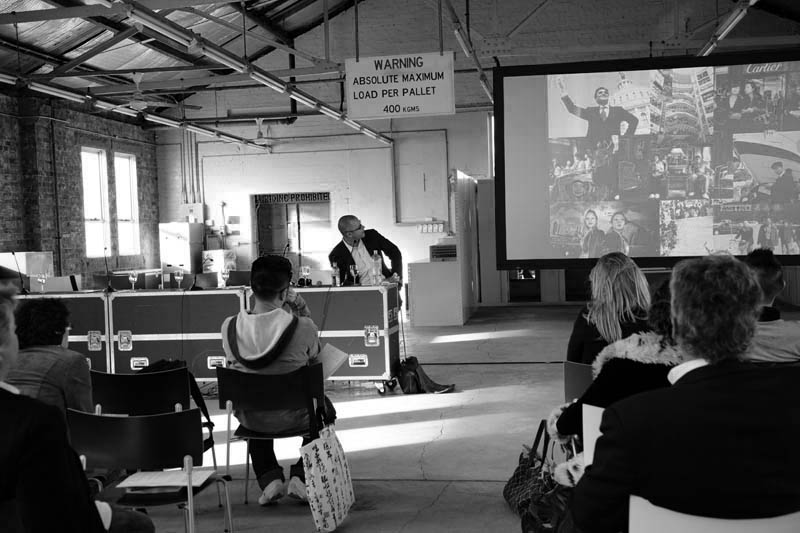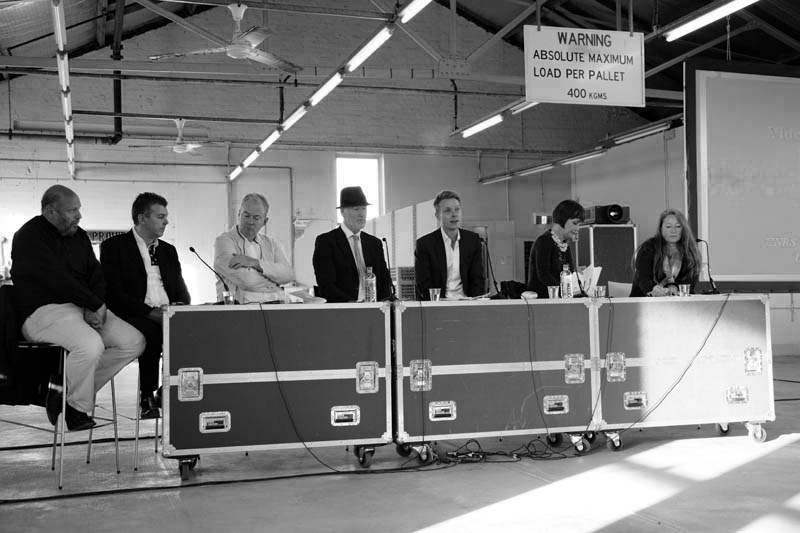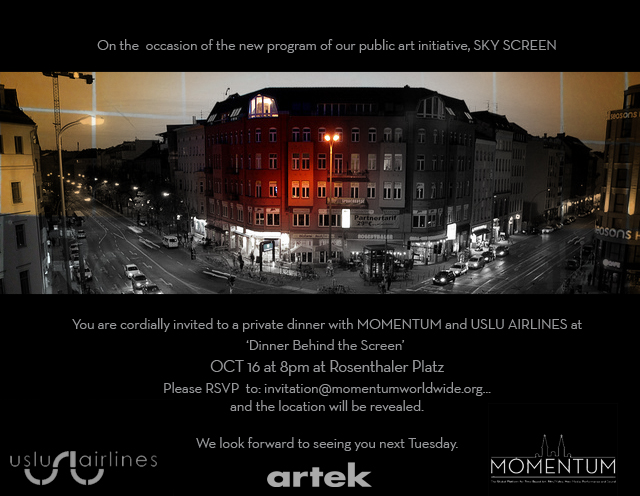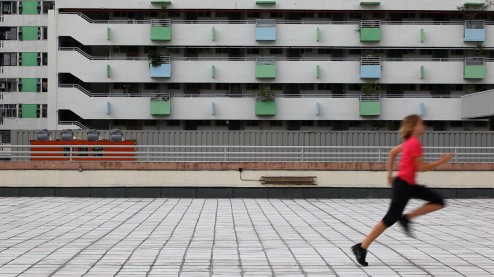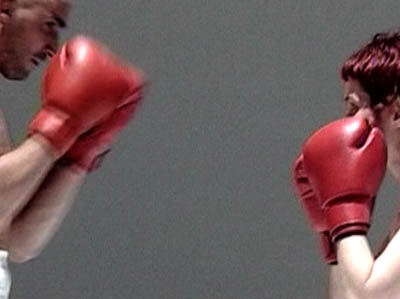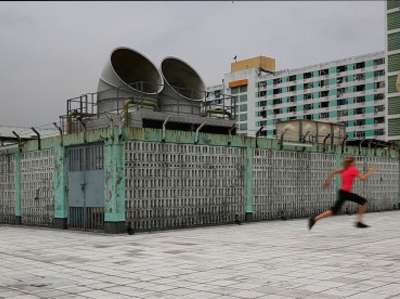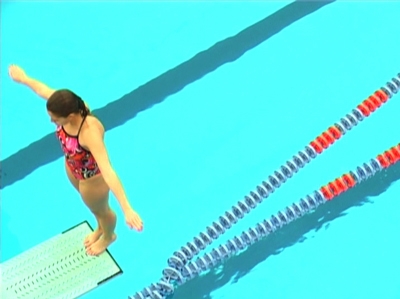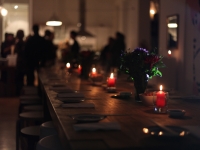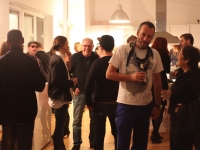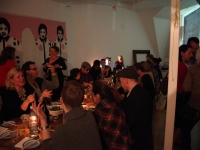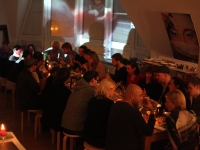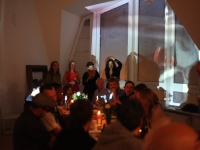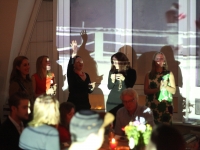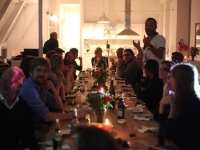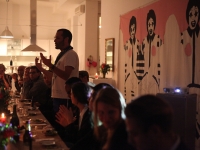 Back to Homepage
Back to Homepage
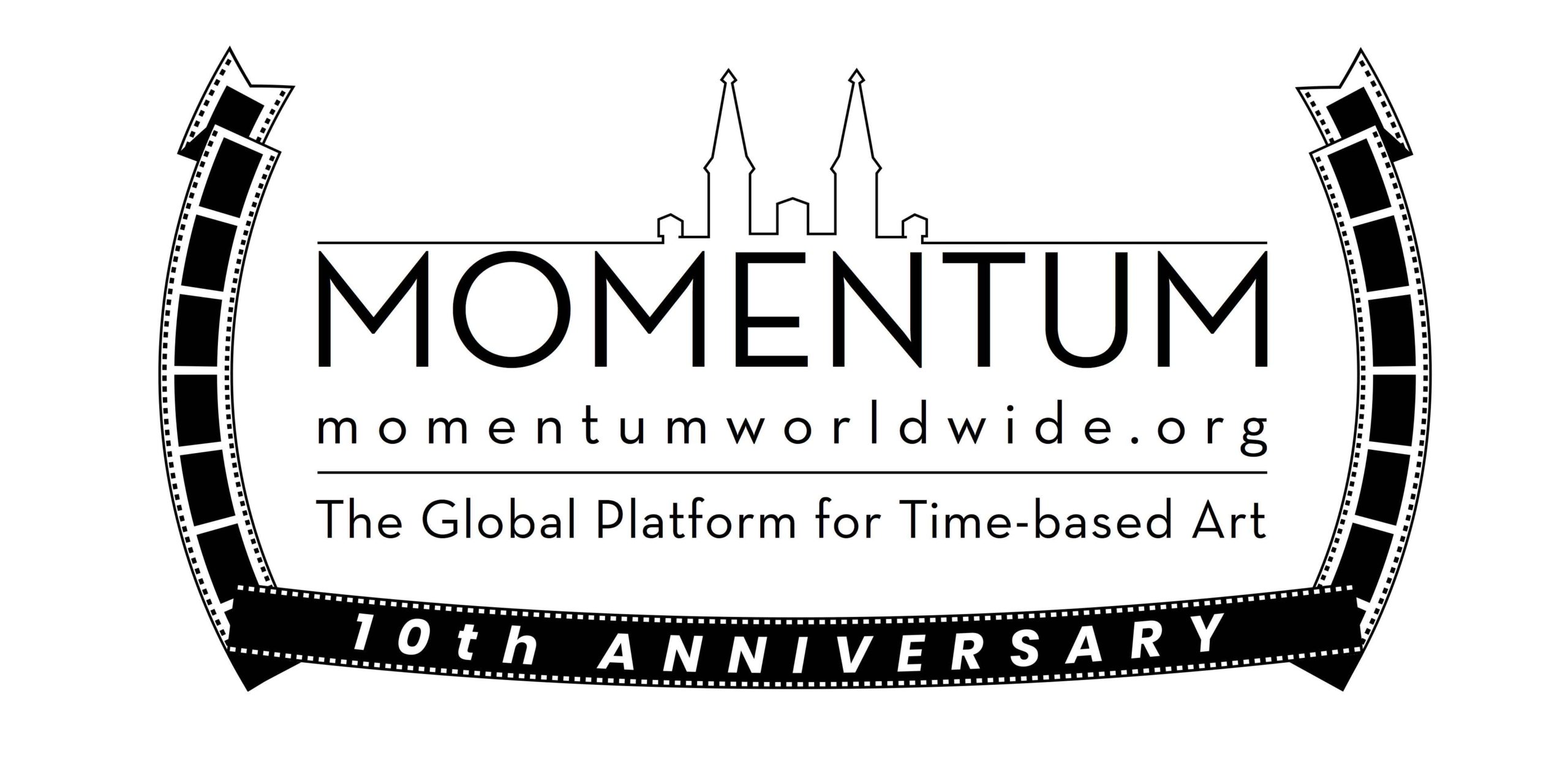
POINTS of RESISTANCE III
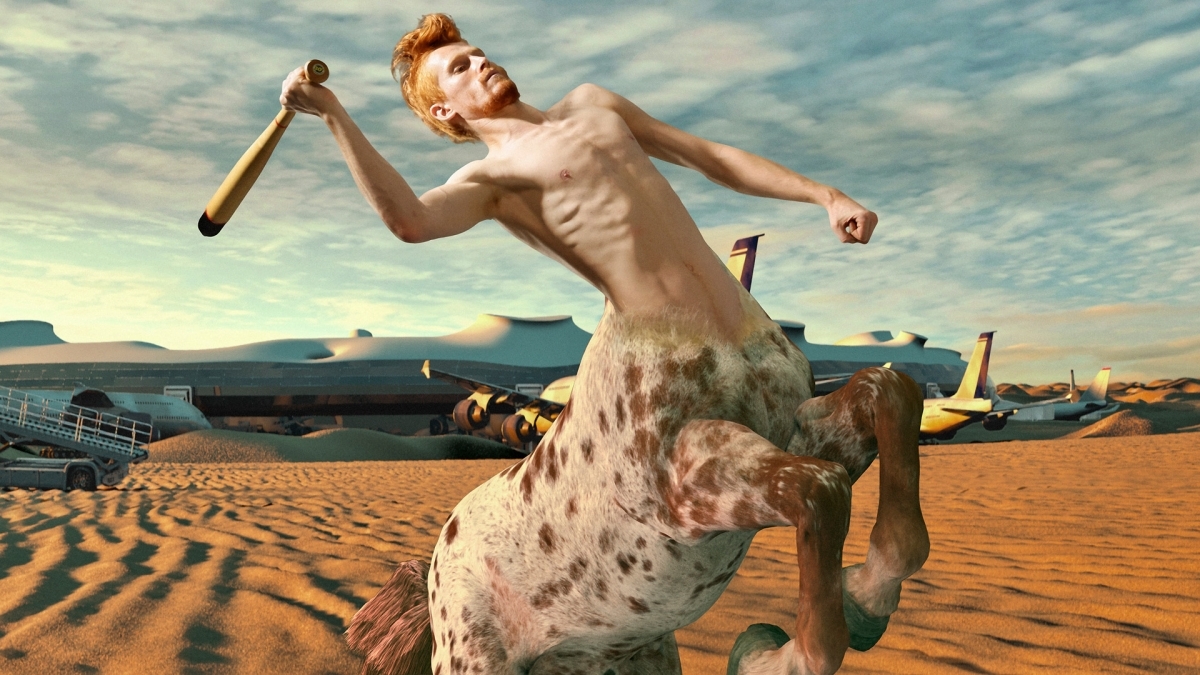
Birds & Bicycles: Paradoxes of Freedom
SYMPOSIUM PROGRAM
9 November 2021
The 32nd Anniversary of the Fall of the Berlin Wall
11:00 – 13:30 & 18:30 – 23:00
At Zionskirche, Zionskirchplatz, Berlin Mitte
Curated by Constanze Kleiner & David Elliott
Morning Program – 3G rules apply: proof of vaccination, recovery, or negative test required.
11:00 – 11:30
Unveiling of the new monumental sculpture Why I Bear by Stefan Rinck
Stefan Rinck in discussion with David Elliott [in English and German]
11:30 – 12:00
Film Screening – Heart of Stone, by Sonja Baeger on the work of Stefan Rinck
[in German with English subtitles]
12:00 – 13:00
Panel Discussion – Birds & Bicycles: Paradoxes of Freedom [in English]
Moderated by David Elliott, with Tatiana Arzamasova, Thomas Eller, Dominik Lejman, Zsuzsanna Petró, Rachel Rits-Volloch
13:00 – 13:40
Film Screening – Allegoria Sacra by AES+F
Evening Program – 2G rules apply: proof of vaccination, or recovery required.
18:30 – 19:00
Unveiling of the new monumental sculpture Why I Bear by Stefan Rinck
[in English and German]
19:00 – 19:30
Film Screening Heart of Stone, by Sonja Baeger on the work of Stefan Rinck
[in German with English Subtitles]
19:30 – 20:30
Lecture – The Church, the Resistance and the Bear – Philosopher, historian, and publisher
Christian Posthofen addresses the Zionskirche as a heterotopia.
[in German]
21:00 – 22:00
Concert – TRES MOMENTOS by Sven Helbig, conducted by Wilhelm Keitel
To Buy Tickets for TRES MOMENTOS – CLICK HERE >>
22:00 – 22:40
Film Screening – Allegoria Sacra by AES+F
Symposium Concludes with a Drinks Reception
MORE INFO > >
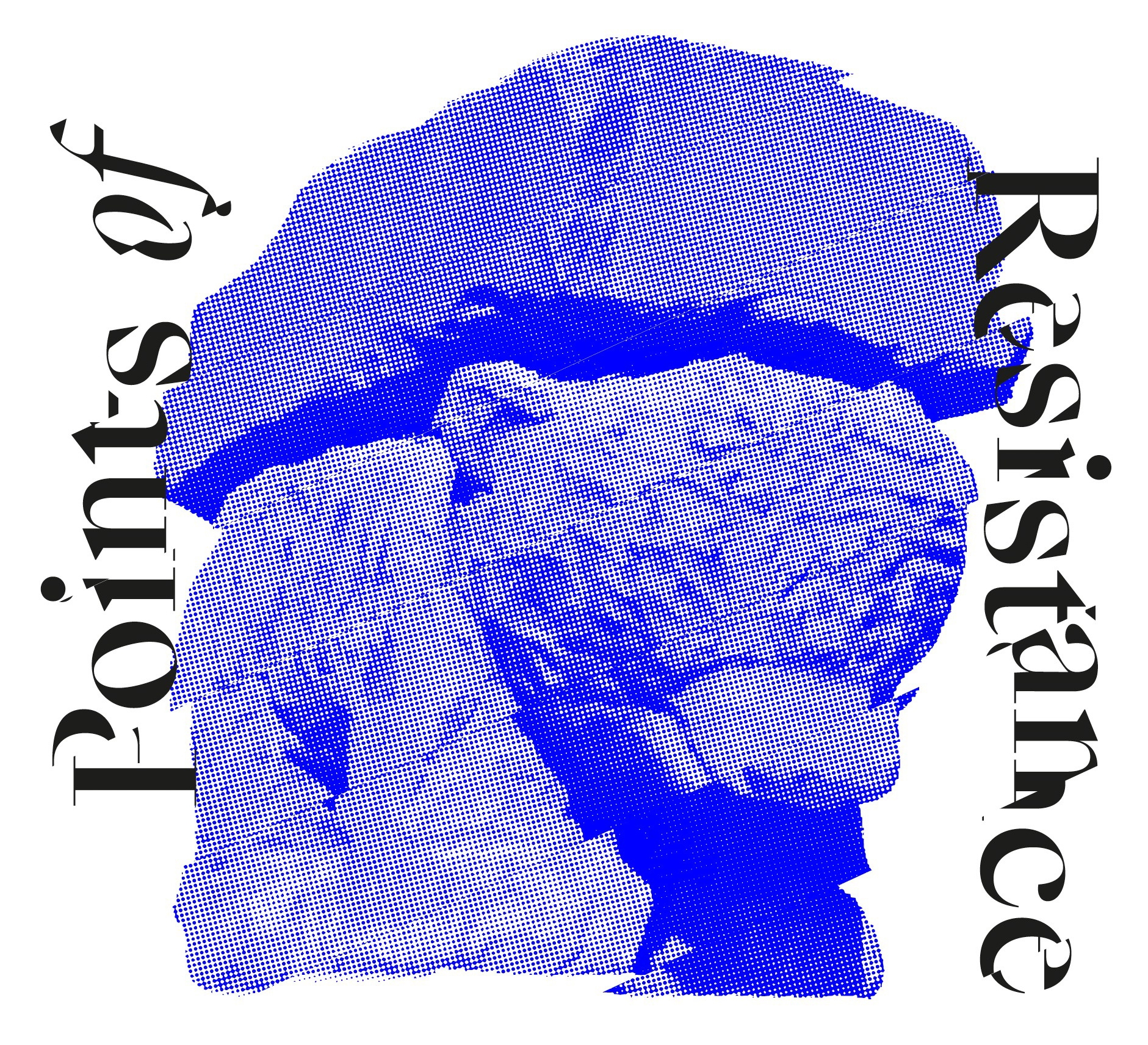
This program is prompted by two recent exhibitions: Points of Resistance, shown earlier this year at the Zionskirche (4-26 April 2021), and Taking Flight: Birds & Bicycles Berlin, currently at MOMENTUM in the Kunstquartier Bethanien (4 September – 14 November 2021). Both are concerned with paradoxes of freedom. While the works in these exhibitions reflect on the limits of memory, history, politics, progress, and desire, the cultural infrastructure seems to be becoming increasingly incompatible with the requirements for interaction. Too often, freedoms for some are dependent upon the servitude of others.
The Zionskirche was a centre of resistance itself in many different ways. When the pandemic suspended normality, the references of the works shown there in Points of Resistance ranged from the specific to the global through different times and places. What brought them together was their moral imperative and political and social need to preserve and promote difference as a fountainhead of creativity.
Birds & Bicycles adopts a more metaphorical approach by examining ideas of freedom that focus on borders – mental and actual, physical and figurative – as characterized by the mechanical technology of the bicycle and the poetic symbol of birds in flight. This exhibition assembles the work of 12 artists from Russia, Eastern Europe, and Central Asia, most of whom live in Berlin. In various ways, their work reflects on the analogy of flight in different paradoxes of rooted mobility.
The starting points for the Birds & Bicycles: Paradoxes of Freedom discussion panel, which takes place on the anniversary of the fall of the Berlin Wall, are both historical and current issues concerning the crisis in democracy. The panelists, both artists, and curators will talk concretely about how they think art and culture express and reflect the truths of our time. Why I Bear, the sculpture of the bear carrying a heavy burden by Stefan Rinck, being unveiled on this day, is a monumental version made for public space of the work shown in Points of Resistance. The program is accompanied by lectures, film screenings, and a concert by renowned composer Sven Helbig. Tres Momentos describes a section of the infinite spiral, in which disorder and structure, the sacred and the profane, life and death are mutually dependent.
Unveiling of the monumental sculpture Why I Bear by Stefan Rinck
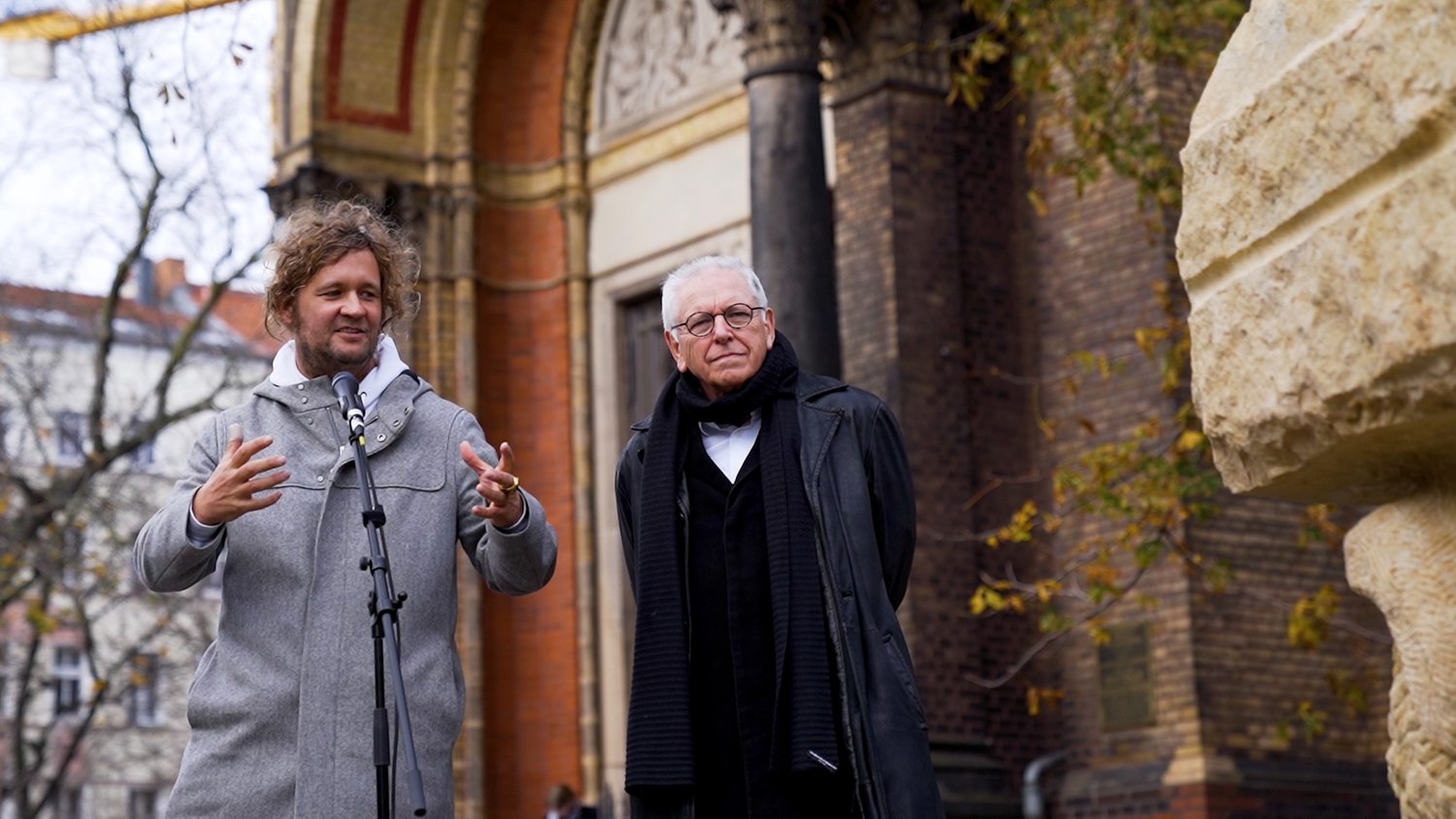
Stefan Rinck in discussion with David Elliott
On November 9, 2021, the monumental sandstone sculpture Why I bear /Grosser Lastenbär by sculptor Stefan Rinck is installed adjacent to the Zionskirche in Berlin-Mitte. The large sculpture hewn from sandstone, measuring 185 x 170 x 120cm, is a new version of the small Lastenbär by Stefan Rinck from 2007. This work was on display in April 2021 in the exhibition Points of Resistance at the Zionskirche in Berlin and touched a particularly large number of people, becoming a surface for projections of private, social and political issues. “A bear that is actually too small, but nevertheless carries its load that is actually too big. It evoked spontaneous empathy among the viewers, and its indomitability amazed and inspired them,” says Constanze Kleiner, the initiator of the project. This is where the idea originated: to create a large, symbolic version of Stefan Rinck’s Lastenbär for public space. Within six months, the idea became reality. Inspired by the great attention of visitors, subsequently conceived for public space and erected in this context, Stefan Rinck’s large “Lastenbär” at the Zionskirche in Berlin-Mitte, becomes an example of relevant, effective everyday culture. Works of art are gateways to memory, but above all to new spaces of thought and the future. The sculpture Why I bear / Großer Lastenbär can accomplish this. The title for the large version of the bear was extended by the artist – just as playfully as light-footedly. Why I bear / Grosser Lastenbär plays with the dual definition of the word “bear”; both the animal, which is also the symbol of Berlin, and the endurance of hardships. What is special about handwriting of Stefan Rinck is an unmistakable gracefulness of a sculptural language that is at the same time monumental. The simplicity with which he turns his creations into creatures and the humor with which he releases them into the world – perfect and incomplete at the same time – are unique. From his works speaks a quiet tenderness for all living things and at the same time an unwavering “I can do it.” This artistic oeuvre is also the origin of the work Why I bear / Grosser Lastenbär as an archetype for excessive pressure and resistant, individual power; a stony universe that carries empathy in a fascinating way. Starting on November 9, Why I bear / Grosser Lastenbär is the artist’s first public sculpture in Germany and will be on view for two years in public space at the Zionskirche in Berlin.
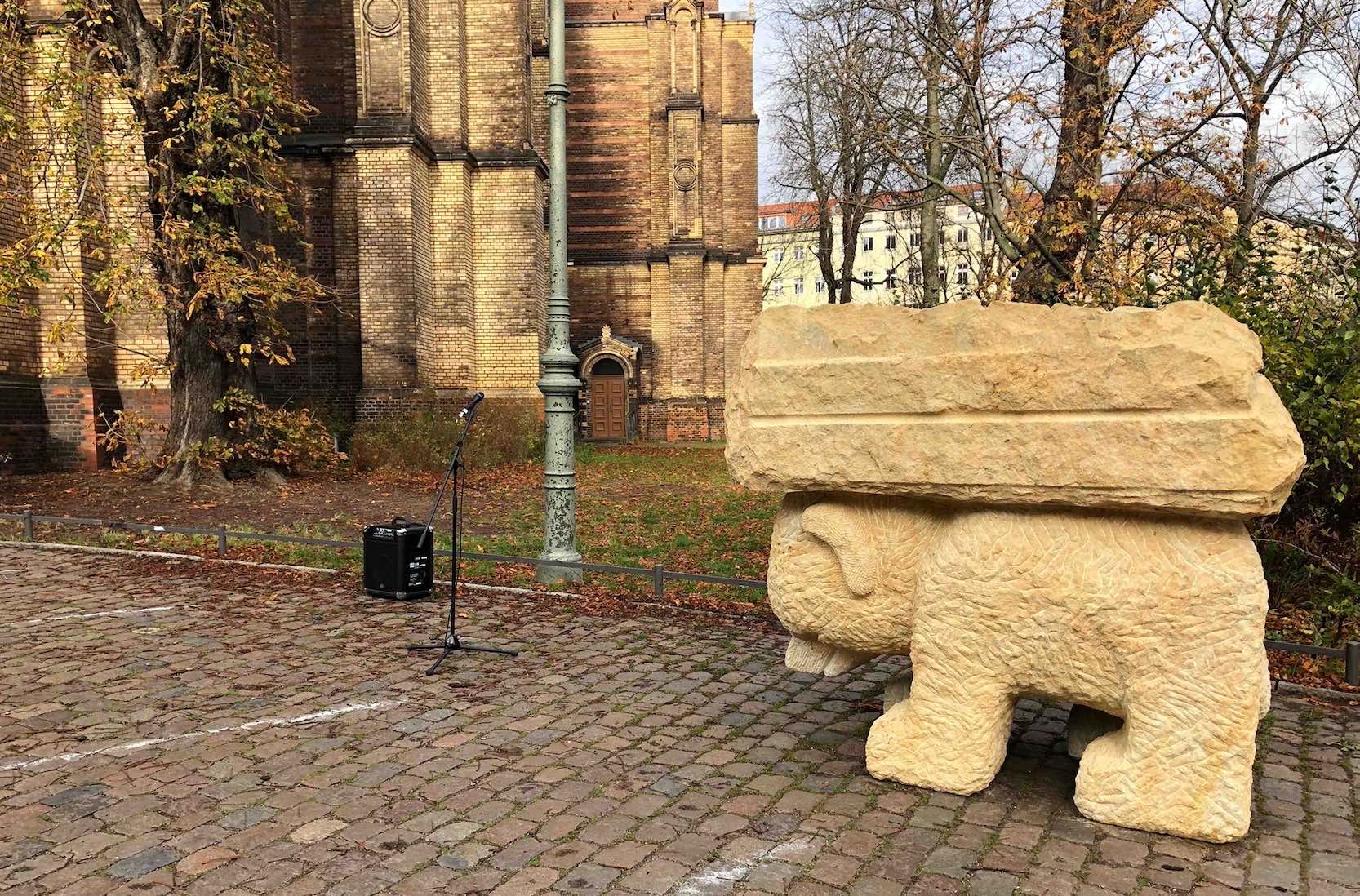
Stefan Rinck (1973). Lives and works in Berlin, Germany.
Stefan Rinck studied art history and philosophy at Saarland University in Saarbrücken and sculpture at the Academy of Arts in Karlsruhe. His work will be shown internationally: including in Madrid at the Arco art fair in 2020, at Art Basel Miami in 2019, and at the Jardin de Tuileries for FIAC in the same year. He will show his latest works, over 5m high, at FIAC in Paris this year. He is represented in the following public collections: CBK Rotter- dam (NL), Musée de la Loterie (BE), Krohne Collection (DE), FRAC Corse (FR). In 2019 Stefan Rinck was featured in the Thames & Hudson publication “2100 Sculptors of Tomorrow”. Stefan Rinck has been realizing public sculptures since 2008. Already during his participation in the Busan Biennale 2008 in South Korea, the granite sculpture “The Division of Woman and Man” was commissioned. In 2018, the work “The Mongooses of Beauvais” was permanently installed in the Beaupassage in Paris. Other monu- mental limestone sculptures were realized in France in 2010 and 2020. Recently, at the FIAC in Paris, he showed two new sculptures, more than 5 meters high, to learn more about the artist and the history of its creation.
Panel Discussion – Birds & Bicycles: Paradoxes of Freedom
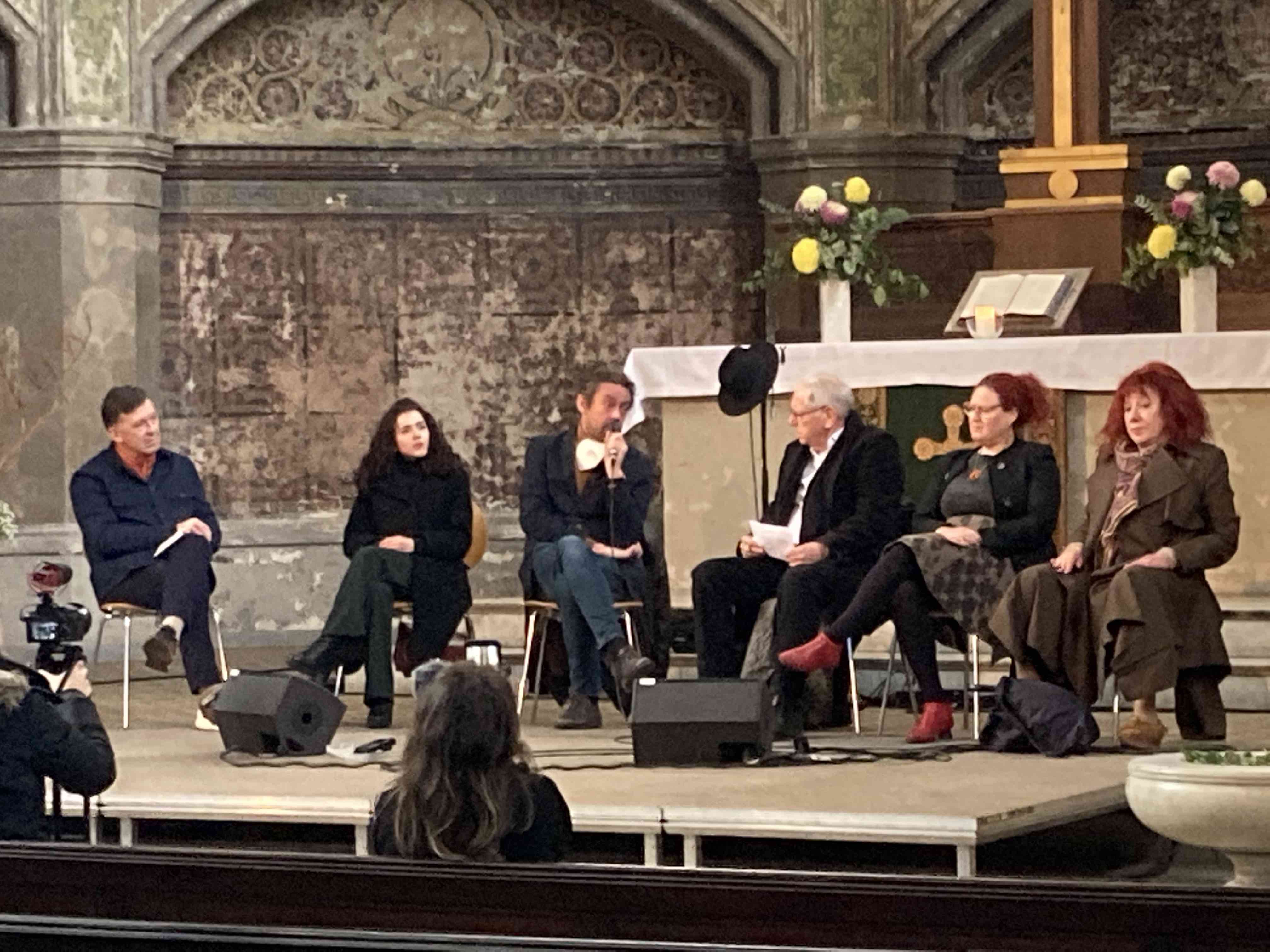
Moderated by David Elliott
Curator, Writer, Art Historian, Museum Director (Oxford, UK / Berlin)
Tatiana Arzamasova
Artist from AES+F (Moscow, Russia / Berlin)
Thomas Eller
Artist and Curator, Artistic Director at Taoxichuan China Arts & Sciences, President of Randian Magazine, Director of THEgallery (Mürsbach, Germany / Berlin)
Dominik Lejman
Artist and Professor at the University of the Arts Poznan (Poznan, Poland / Berlin)
Zsuzsanna Petró
Curator at the Collegium Hungaricum Berlin, formerly at the Ludwig Museum Budapest (Budapest, Hungary / Berlin)
Rachel Rits-Volloch
Curator of Birds & Bicycles Berlin and Founding Director of MOMENTUM
The Birds & Bicycles exhibition adopts a metaphorical approach by examining ideas of freedom that focus on borders – mental and actual, physical and figurative – as characterized by the mechanical technology of the bicycle and the poetic symbol of birds in flight. This exhibition assembles the work of 12 artists from Russia, Eastern Europe, and Central Asia, most of whom live in Berlin. In various ways, their work reflects on the analogy of flight in different paradoxes of rooted mobility.
The starting points for the Birds & Bicycles: Paradoxes of Freedom discussion panel, which takes place on the anniversary of the fall of the Berlin Wall, are both historical and current issues concerning the crisis in democracy. The panelists, both artists, and curators will talk concretely about how they think art and culture express and reflect the truths of our time.
READ REFLECTIONS ON PARADOXES OF FREEDOM by DAVID ELLIOTT > >
Film Screening: Allegoria Sacra by AES+F
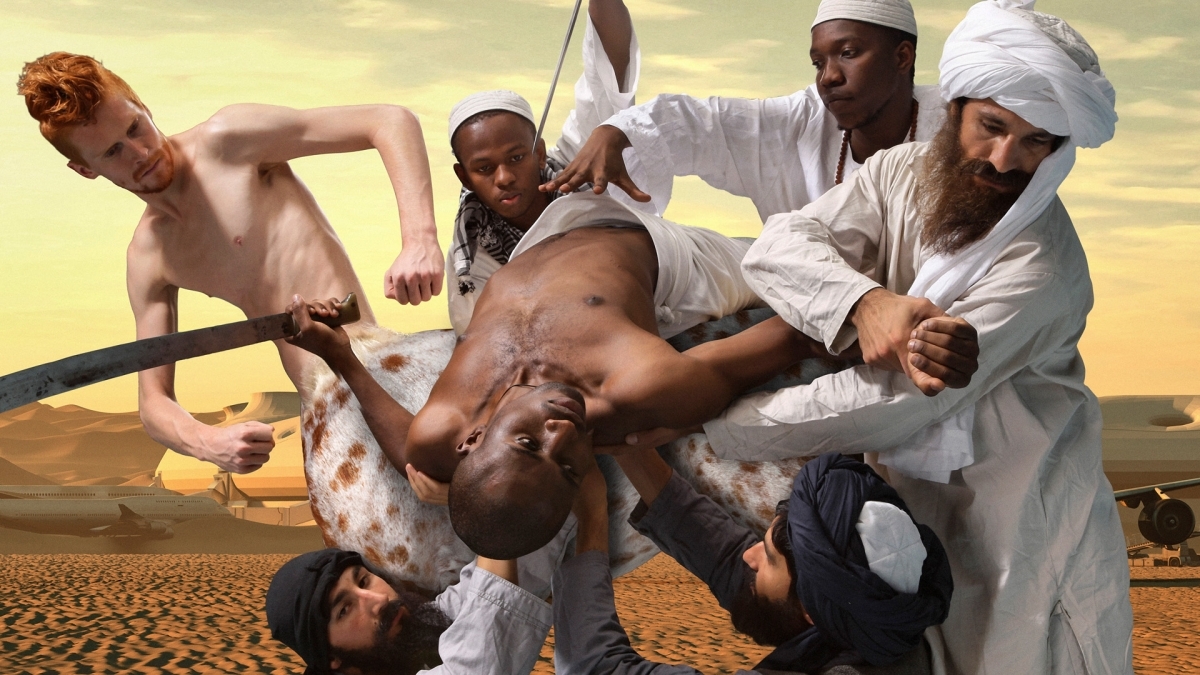
AES+F, Allegoria Sacra (2011-13), HD video
Giovanni Bellini’s ‘Allegoria Sacra’ (Sacred Allegory) hangs in the Uffizi in Florence. The subject of this painting is a mystery to art historians. The earliest figures of Christian and ancient mythology are gathered together on a balustrade by a sea or a wide river, surrounded by hills on which can be seen, in the distance, village huts and a palazzo. St. Sebastian, the Madonna, a centaur, small children playing by a tree in the center, a Saracen-Muslim, a man somewhat like the Apostle Paul with a sword in his hand, in the background a peasant with a mule, two beautiful ladies one of whom is St. Catherine, a naked old man reminiscent of Job – this is a far from complete list of the heroes who Bellini brought together in this picture. One interpretation of this painting is that it showed Purgatory, where the souls of the righteous, of virtuous pagans and of un-christened children await their fate – heaven or hell.
This painting has always intrigued AES+F. The mysterious image of the Allegoria Sacra is in keeping with their view of the modern world. They see Bellini’s heroes in those passengers who meet accidentally while awaiting their flights at international airports. The feelings of being cut off from one’s life and of the, as yet, unachieved aim of traveling from one world to another are familiar to the majority of those who fly, whether with large or small airlines. We become part of a special club of people who are united by the condition of a body and soul located between the abandoned and the not yet found. Together, i.e. simultaneously, we listen to the flight announcements, watch the flight board with its changing tableau of figures and cities, try to focus on the newspaper, on an SMS or the internet, or simply on the advertisements on the airport monitors. But everyone is wrapped up in themselves, and it is this which unites us. There is, perhaps, one more thing which somehow links us during this interval in time – we look at each other, having never seen one other before and being unlikely to do so again.
The airport is Purgatory. Only there does one understand that the knowledge of one’s ‘tomorrow’ is a total illusion. We imagine the airport as a space where reality transforms itself – it gets covered with snow, which alters the interior and then melts, the runway turns in to the river Styx as in Bellini’s painting, airplanes become ancient, mystic craft. The light-boxes in Duty Free live a life of their own, showing pictures of heaven. In Allegoria Sacra, we wish to retain Bellini’s metaphorical heroes using the image of modern-day people from various countries and cultures. At the same time we believe that the airport space can include such mythological personalities as the centaur, who we imagine in his literal embodiment. Or the Indian elephant god Ganesha, with the features of a coffee machine. Even the various aircraft may take on the image of ancient gods like the eastern dragon.
The allegorical heroes of the painting can be seen in those awaiting their flights. The Saracen turns into a group of transit passengers from Darfur or Peshawar. Sebastian is a young traveler from the exotic countries of the south, naked to the waist and barefoot, having not yet changed his shorts for jeans. Job is represented as an elderly patient being transported on a hi-tech stretcher and covered with tubes, indicators and monitors, who becomes younger before our very eyes and turns into a magical mutant-baby. A policeman of Biblical appearance carries a sword alongside the more traditional equipment, like Paul. The stewardesses, angels from a new heaven, appear on fantastic flying machines like the cabin crew in Stanley Kubrick’s film 2001: A Space Odyssey, and start to serve passengers.
The film follows in part the reality of airport life. As well as experiencing the usual crowds of passengers we witness the location and destruction of an unidentified piece of luggage, a fight between migrants, the emergency services helping a patient. Alongside everyday reality we see a whole range of mystical transformations of this world, from a jungle with exotic tribes to an underwater kingdom, then to a snow field which melts to form the river Styx, flowing to the horizon in to an endless sea in the direction which the passengers will eventually fly, their planes becoming mystical craft.
[Artist Statement]
Seen in light of the recent pandemic lockdowns and restrictions on travel we have all faced, the metaphor of the airport recast as Purgatory takes on a depth of meaning relevant to all of us for whom freedom of travel and mobility has until now been a given.
AES+F (Artist Group founded in 1987. Live and work in Berlin, Germany; Moscow, Russia; New York, USA.)
First formed as AES Group in 1987 by Tatiana Arzamasova, Lev Evzovich, and Evgeny Svyatsky, the collective became AES+F when Vladimir Fridkes joined in 1995. AES+F work at the intersection of traditional media, photography, video and digital technologies. They define their practice as a kind of “social psychoanalysis” through which they reveal and explore the values, vices and conflicts of contemporary global culture. In 2015, AES+F premiered Inverso Mundus at the 56th Biennale di Venezia, and later showed it at the Kochi-Muziris Biennial and a number of other museums and festivals around the world. AES+F achieved worldwide acclaim in the Russian Pavilion at the 52nd Biennale di Venezia in 2007, and since then have participated in many signature biennials around the world, including: Adelaide, Gwangju, Havana, Helsinki, Istanbul, Kiev, Kochi-Muziris, Lille, Lyon, Melbourne, Moscow, St. Moritz, Sydney, Taipei, Vancouver, and others. Festivals devoted to new media include: ARS Electronica (Linz), Mediacity Seoul and Video Zone (Tel Aviv). AES+F had over 100 solo exhibitions at museums and galleries worldwide, including: ZKM (Karlsruhe), HAM (Helsinki), Moderna Museet (Stockholm), Tate Britain (London), MAXXI and MACRO Future (Rome), Centre Pompidou (Paris), Museo Thyssen-Bornemisza (Madrid), Today Art Museum (Beijing), Mori Art Museum (Tokyo), Leeum Samsung Museum of Art (Seoul), State Russian Museum (St. Petersburg), Garage Museum of Contemporary Art (Moscow), National Gallery of Australia (Canberra), Faena Art Center (Buenos Aires), and many others.
Lecture – The Church, the Resistance and the Bear
by Christian Posthofen
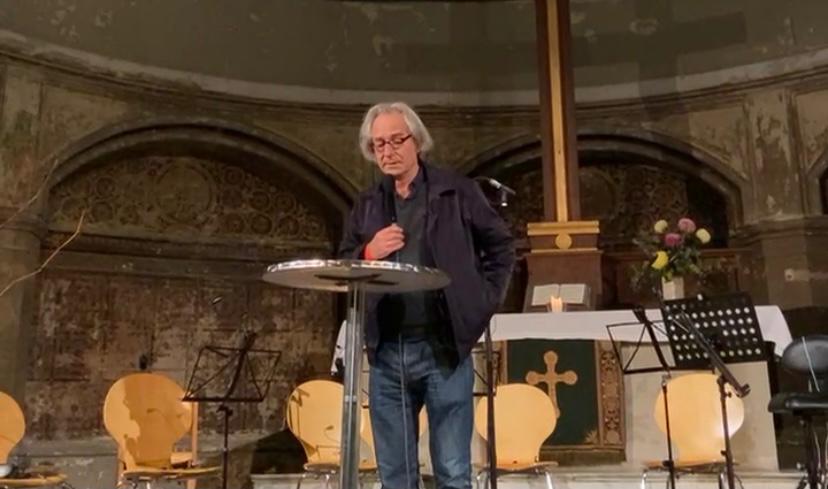
Philosopher, historian, and publisher Christian Posthofen discusses the historic Zionskirche in terms of Michel Foucault’s concept of heterotopia – as a realized, actually built utopia on which social relations can be read in a special way. For their part, the three relational elements: church, resistance, and bear each possess a disturbing and empowering imaginative potential. Material and immaterial, mental-emotional structural elements meet here and create situations for special spaces of possibility in this place. Christian Posthofen lives and works in Berlin, and teaches philosophy at the ETH, Technical University, Zurich.
Concert – TRES MOMENTOS
by Sven Helbig, conducted by Wilhelm Keitel
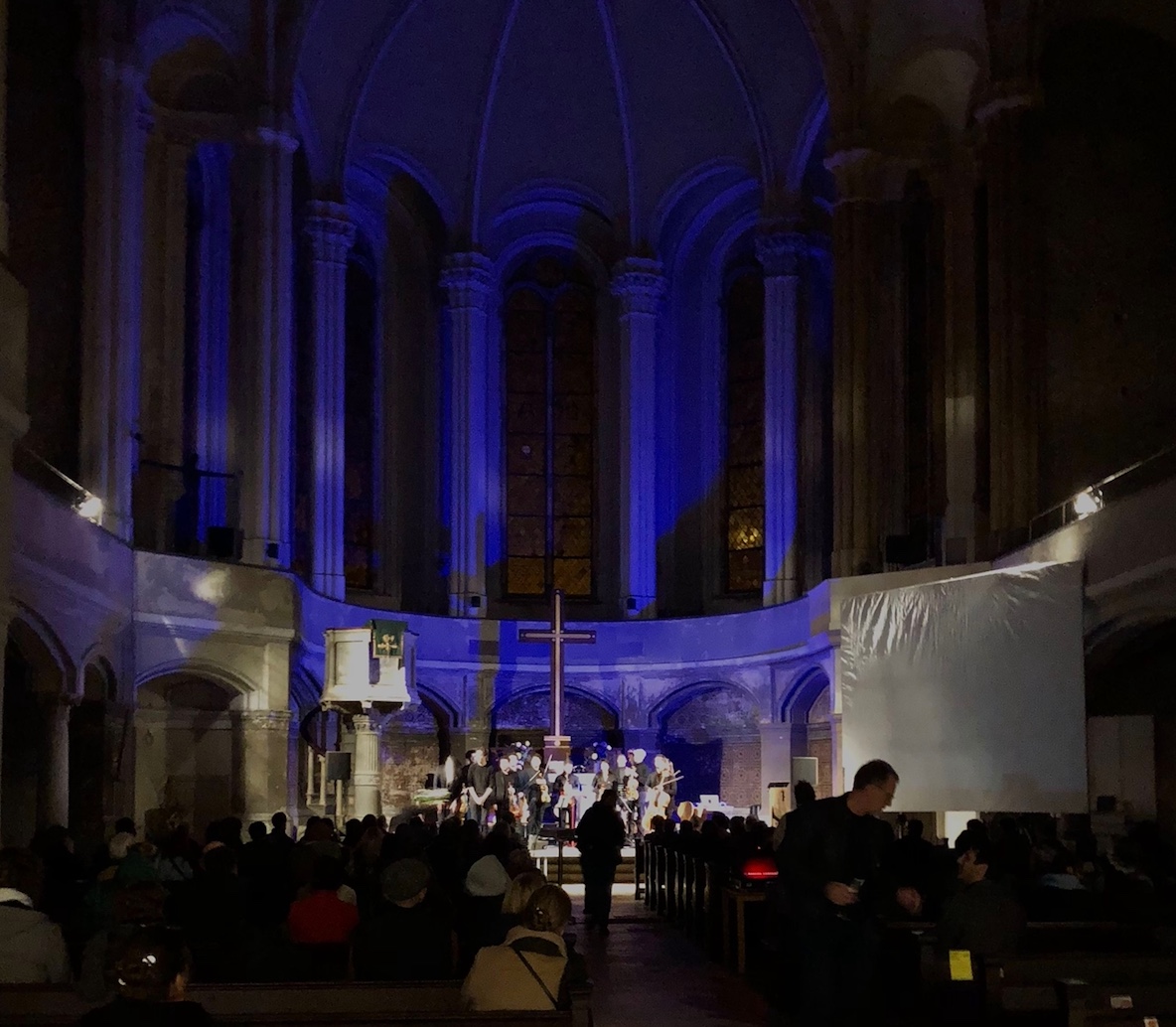
Tres Momentos describes a section of the infinite spiral in which disorder and structure, the sacred and the profane, life and death are interdependent. The lightness of an inexplicable, fleeting idea or affection is followed by unconditional will. Mechanical habit turns first into compulsion and later into uncontrollable violence, which finally collapses and dissolves into a melancholic, whimsical waltz. German composer Sven Helbig created the work on commission from the Moritzburg Chamber Music Festival. With it, he leaves the previously preferred strict harmonics and also allows electronic parts to come more to the fore. For the concert on the occasion of the Birds & Bicycles Symposium on the 32nd Anniversary of the fall of the Berlin Wall, Sven Helbig collaborates once more with the conductor Wilhelm Keitel, who previously conducted the choral work “I Eat the Sun and Drink the Rain” by the composer and performed it among others at the Bolshoi Theater in Minsk.
Supported by a grant from the
German Federal Foreign Office
for the Expansion of Cooperation with Civil Society
in the Eastern Partnership Countries and Russia
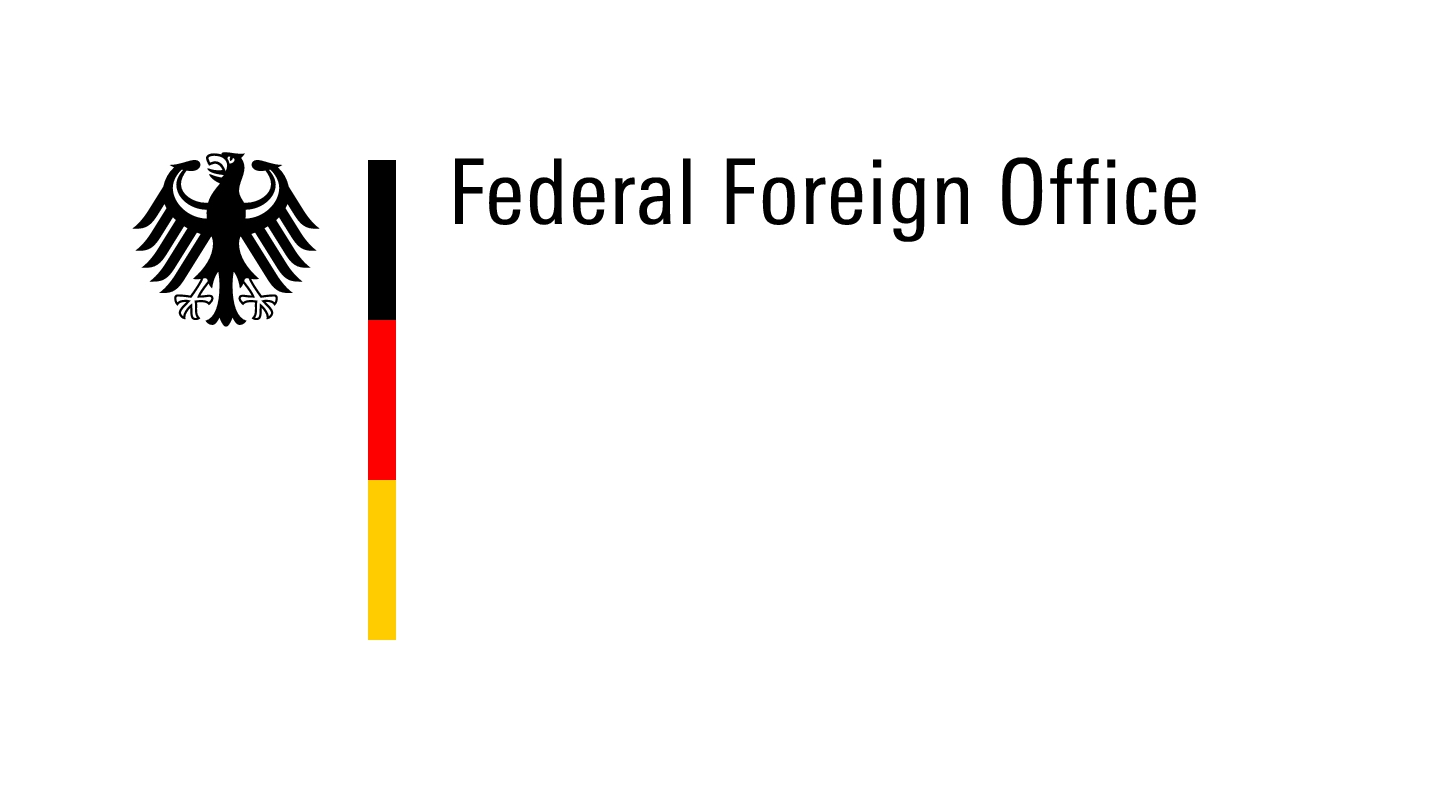

In partnership with

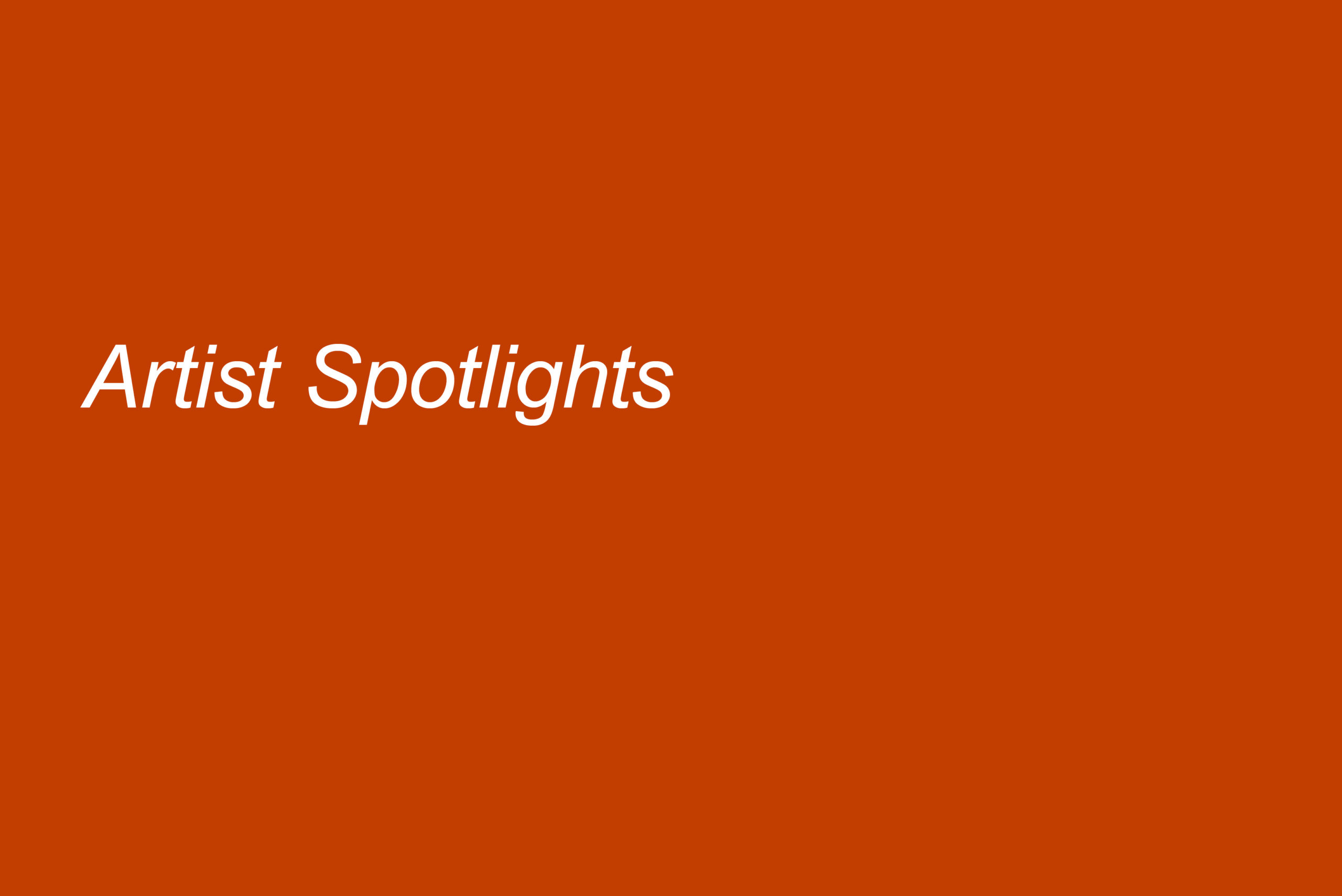


 Back to Homepage
Back to Homepage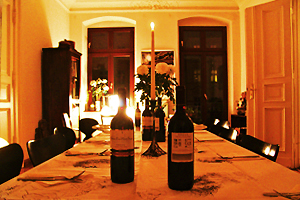
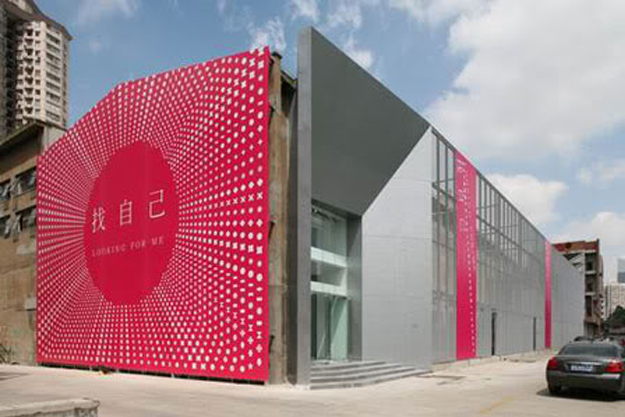
 Back to Homepage
Back to Homepage






